2023 Mechanical Engineering Projects
Mechanical Engineering students apply the engineering skills they have acquired. The principles of design, how ethics affect engineering decisions, how professionals communicate ideas and the day-to-day implications of intellectual property.
They begin by researching the problem, brainstorming a range of solutions, and traveling to the sponsor’s site to learn more about the sponsor and the project. Student teams maintain contact with their industrial and faculty mentors, hold meetings, and make presentations on their work. Mechanical Engineering students submit written reports at intervals throughout the two-semester project timeline, and present oral presentations at the project’s conclusion.
Student Teams
-

-
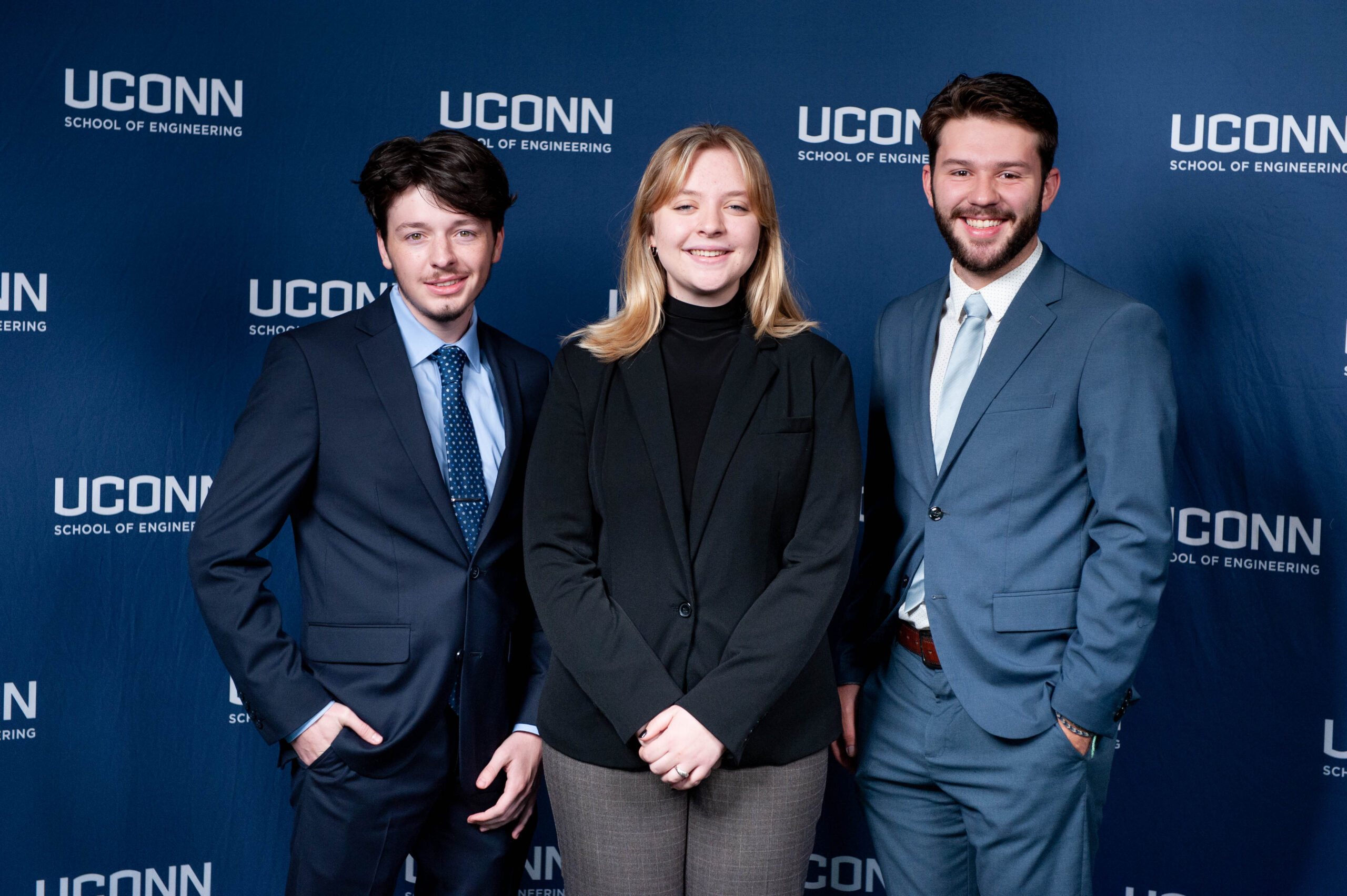
-
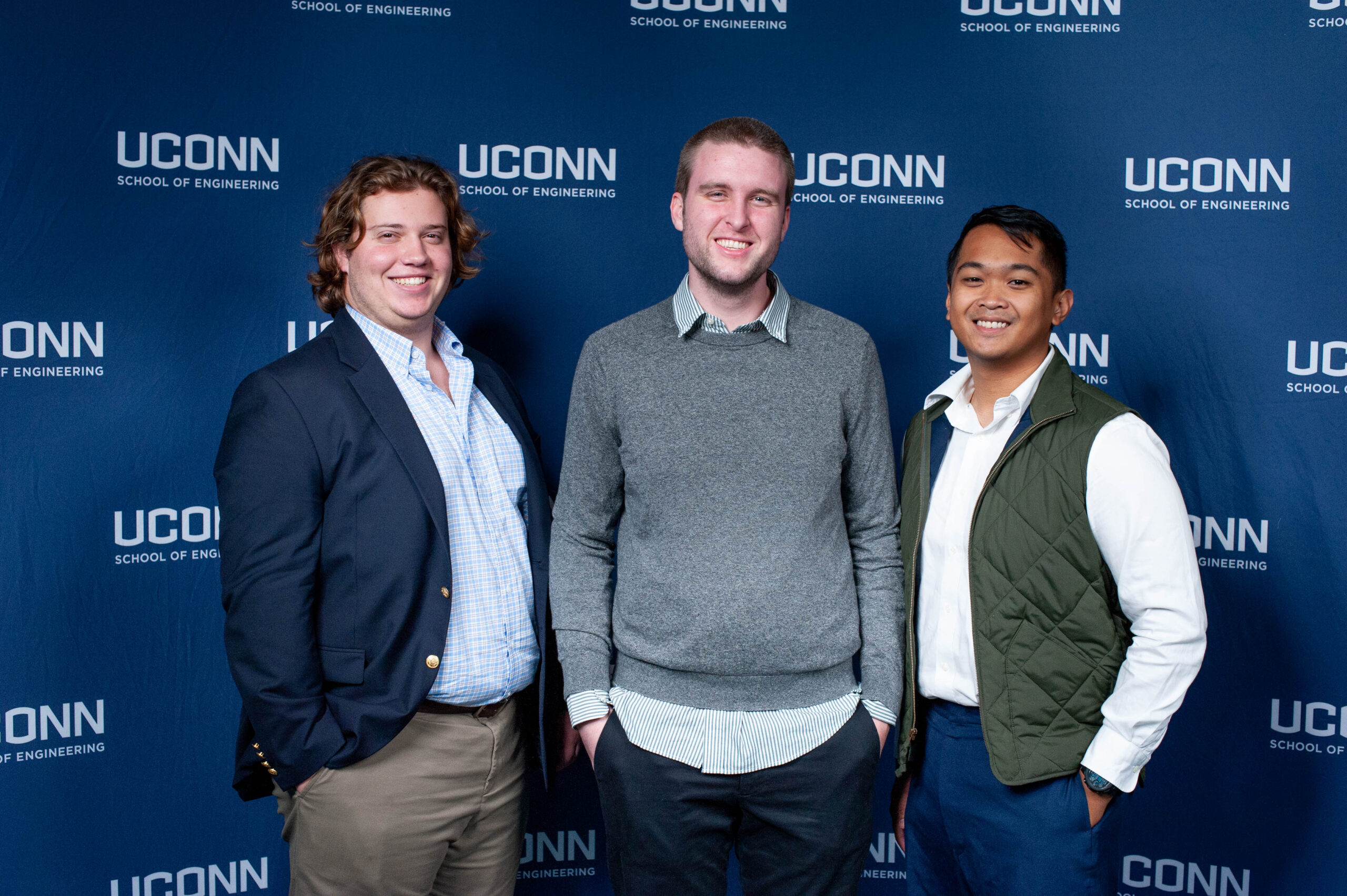
-
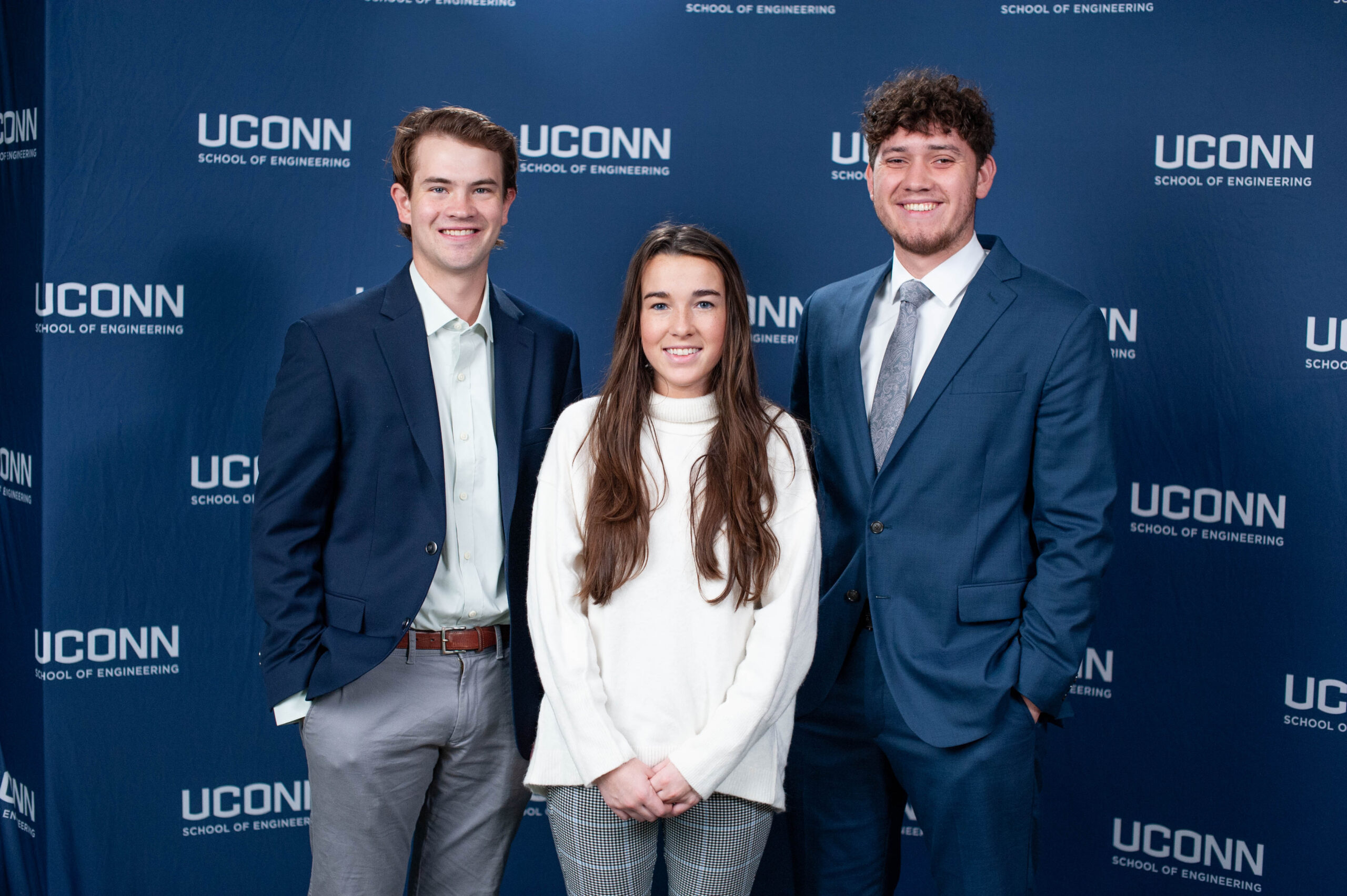
-
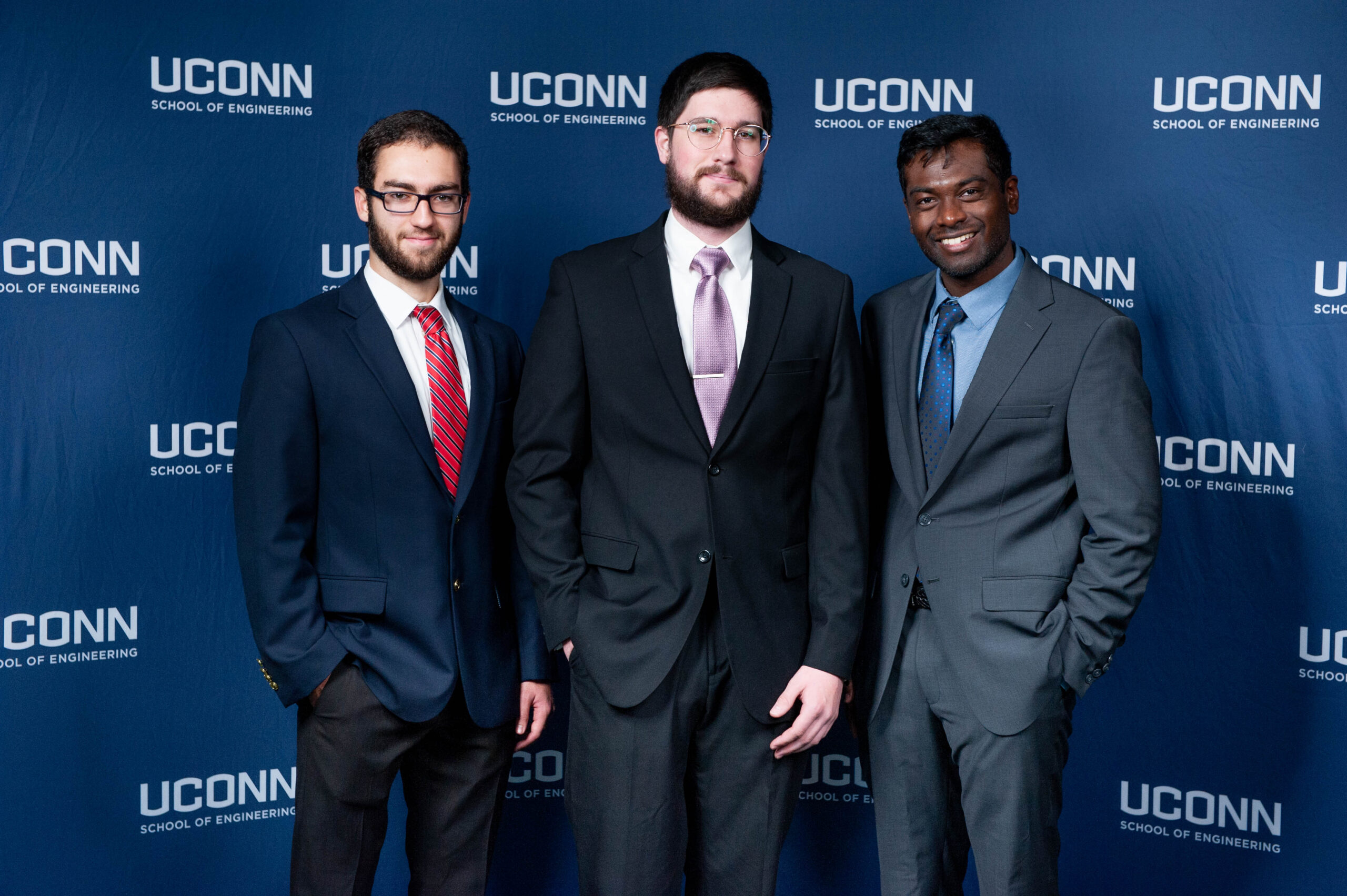
-
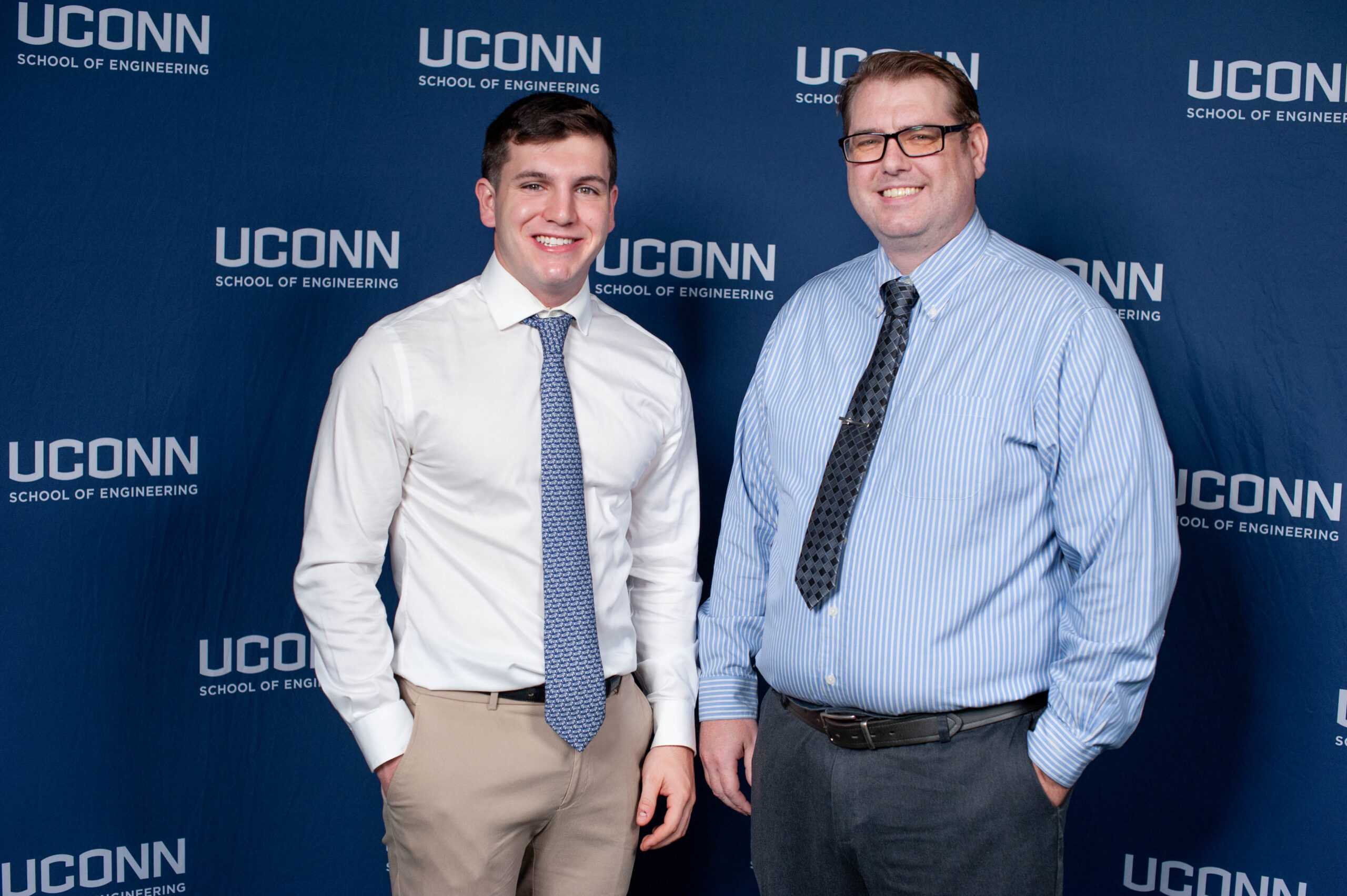
-
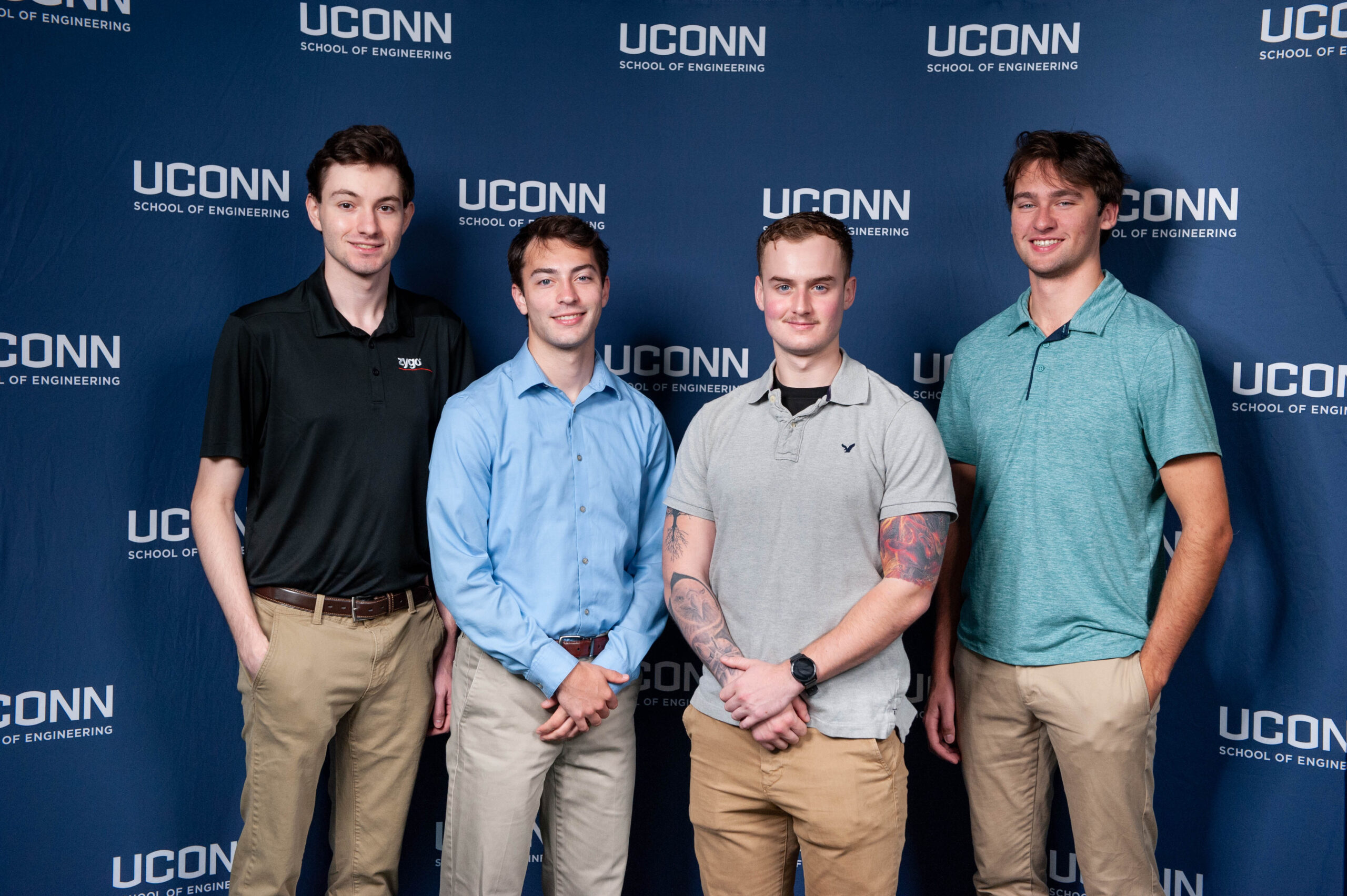
-
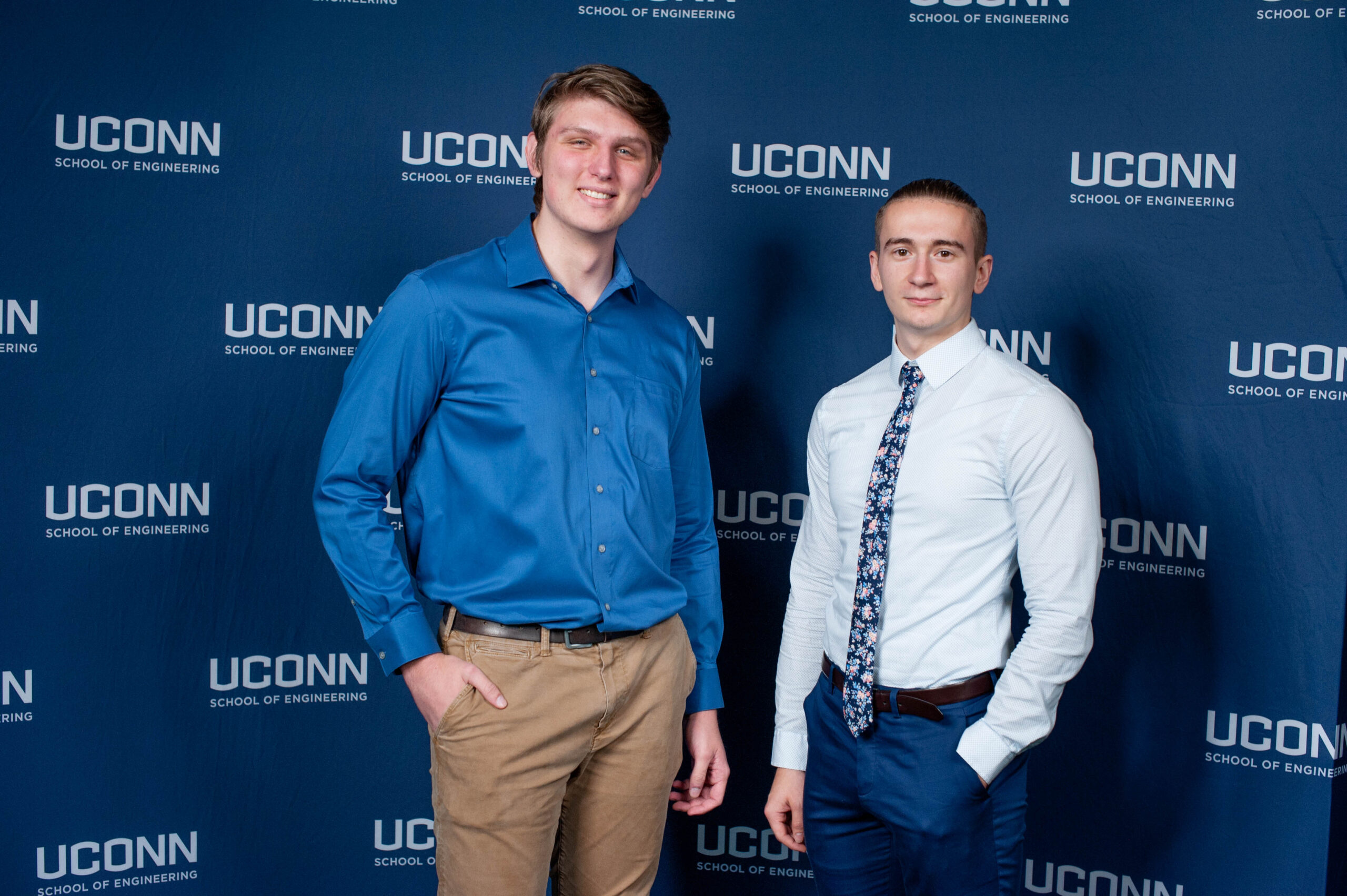
Investigation and Validation of Optimized Flow Control System
-
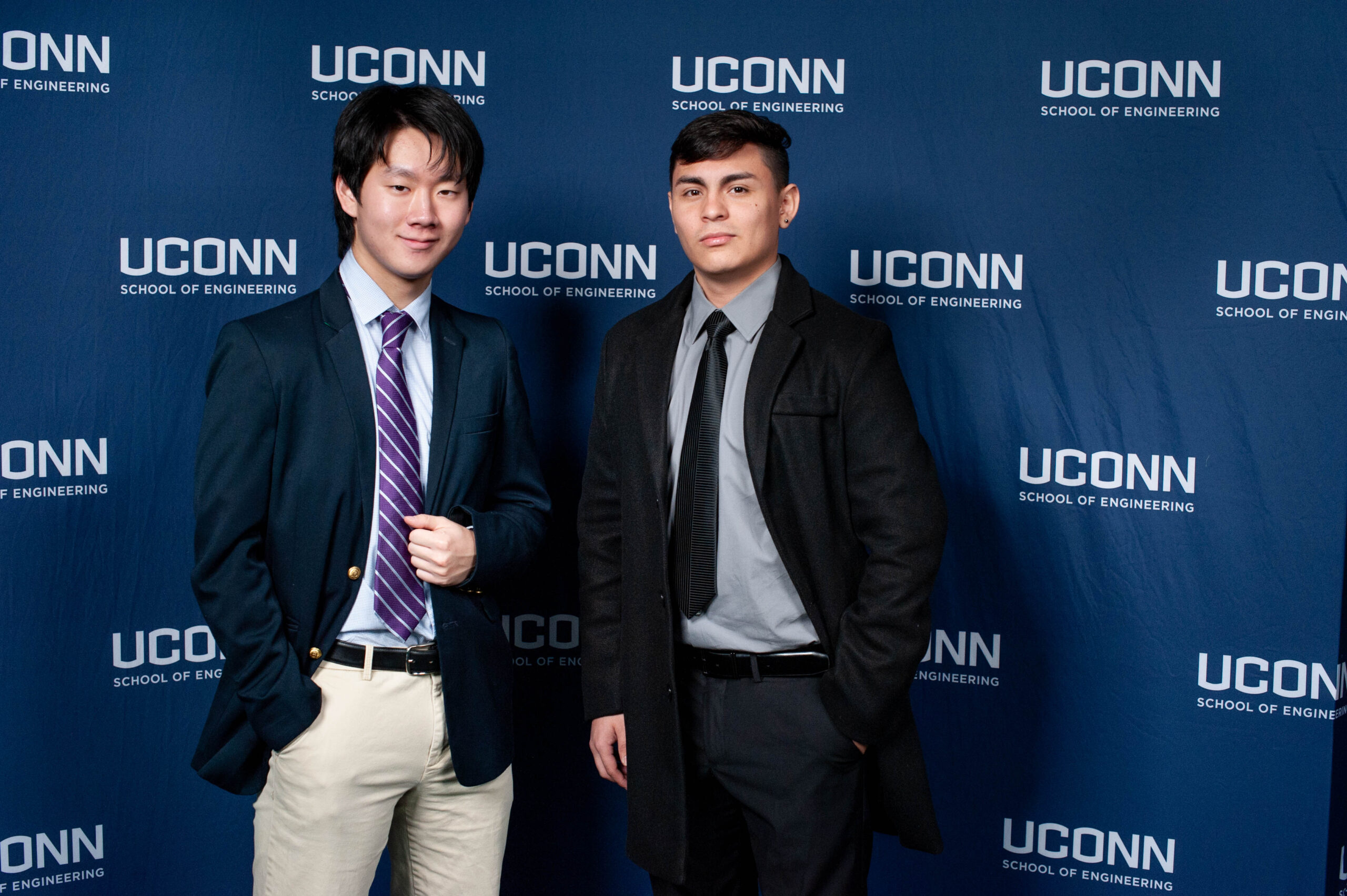
Automating Material Movements using Automated Mobile Robot (AMR) Technology
-
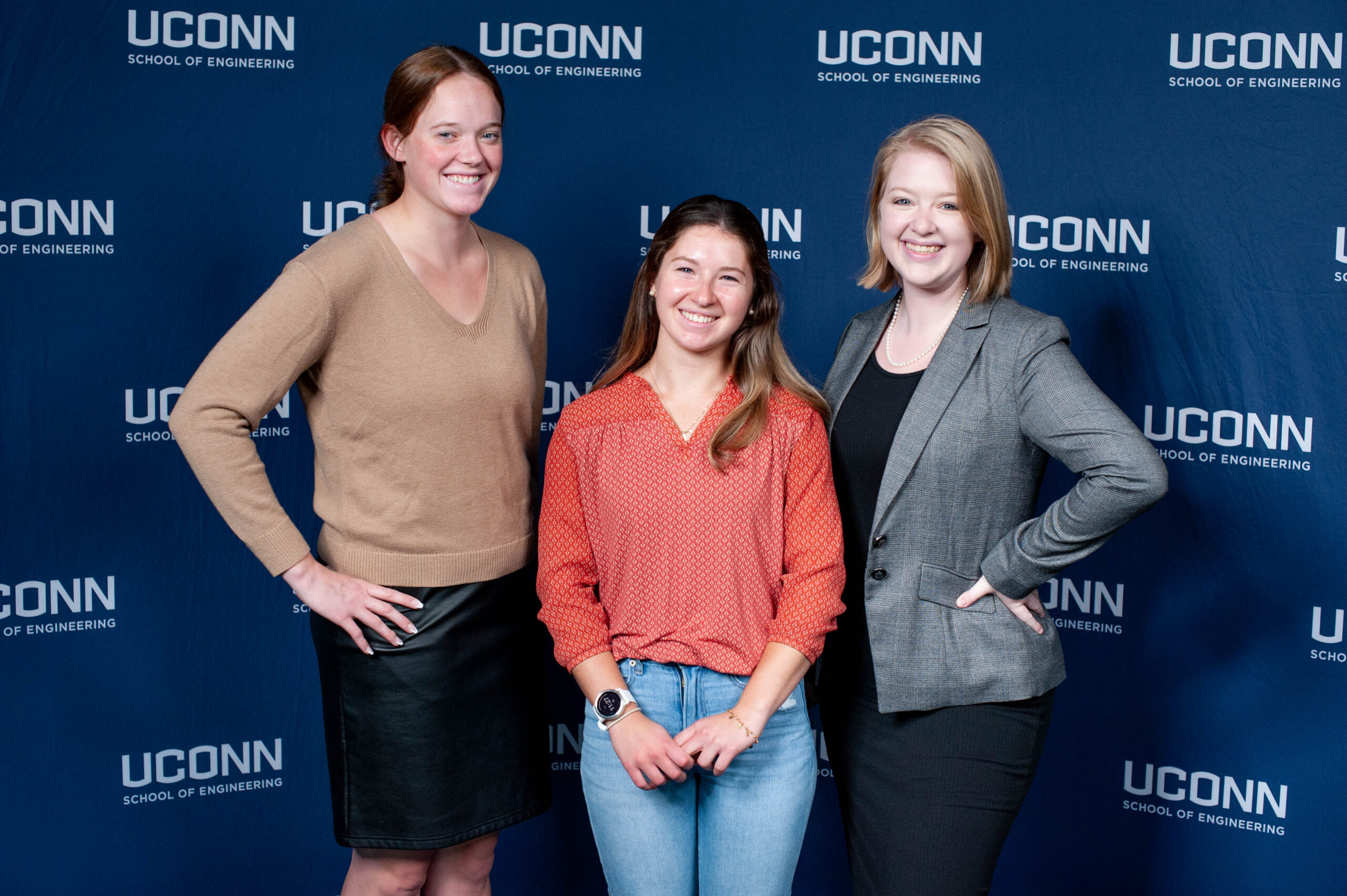
Menstrual Hygiene Safe Disposal (MHSD) User Interface with Interlock
-
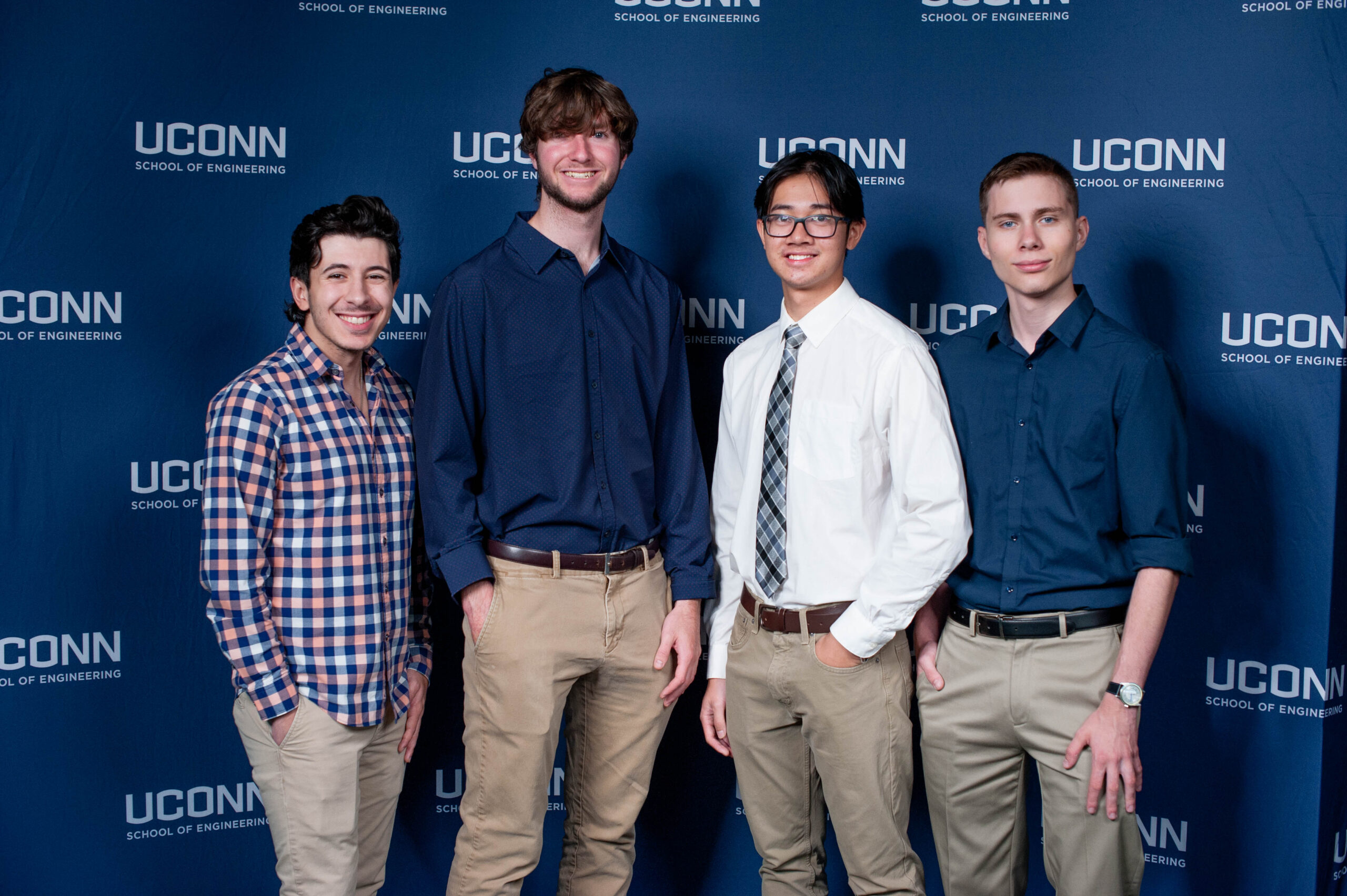
-
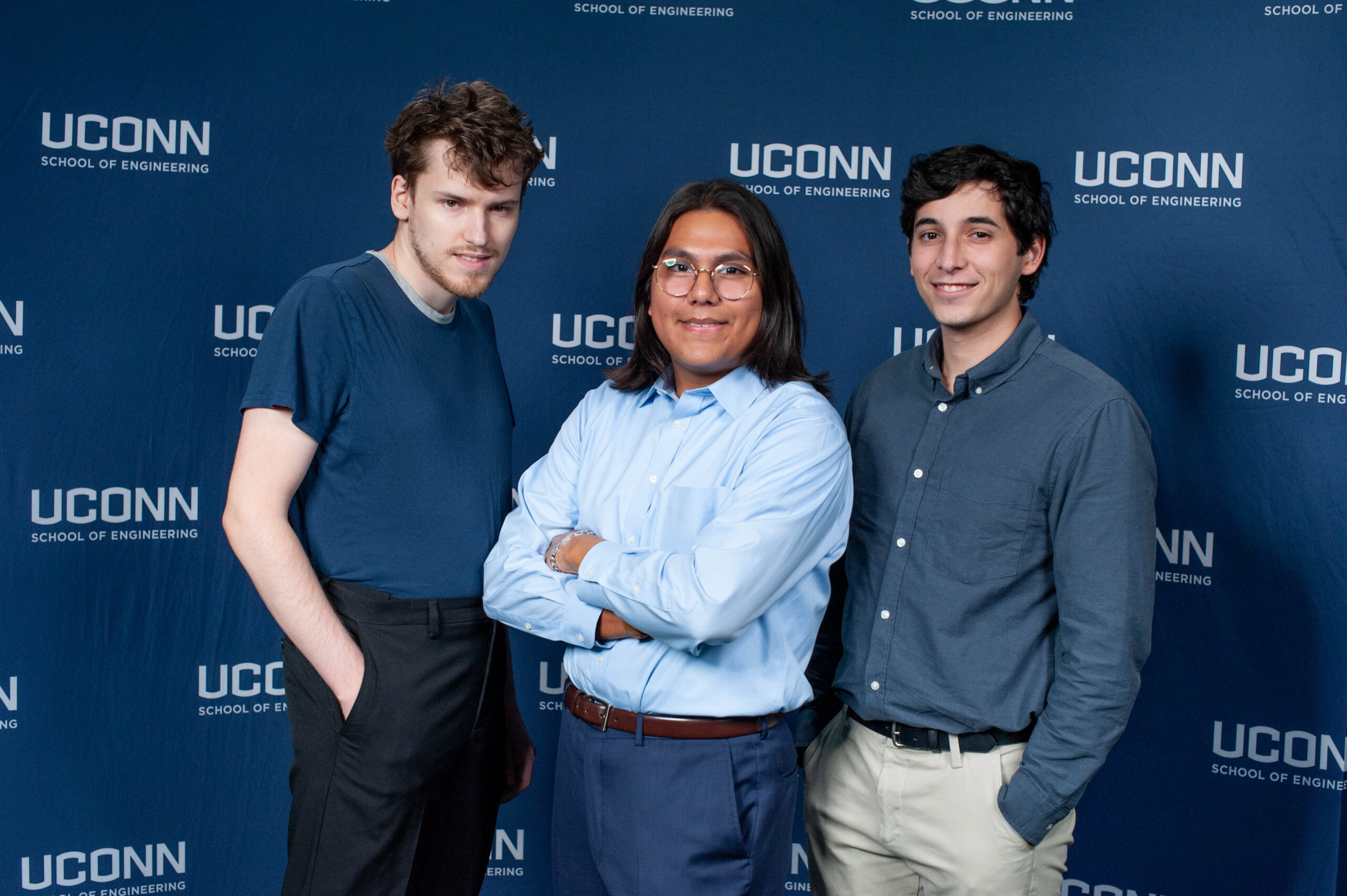
-
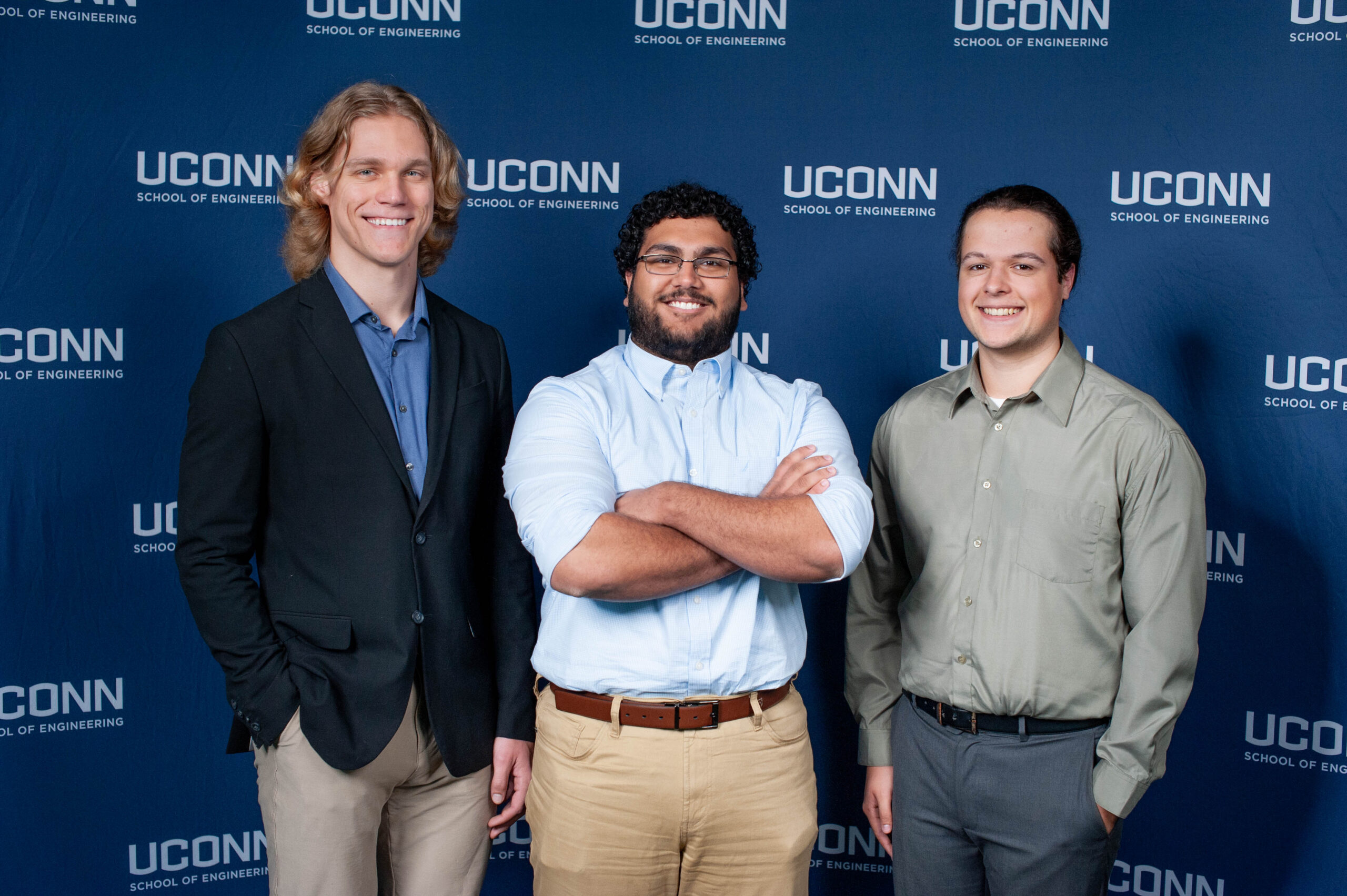
-
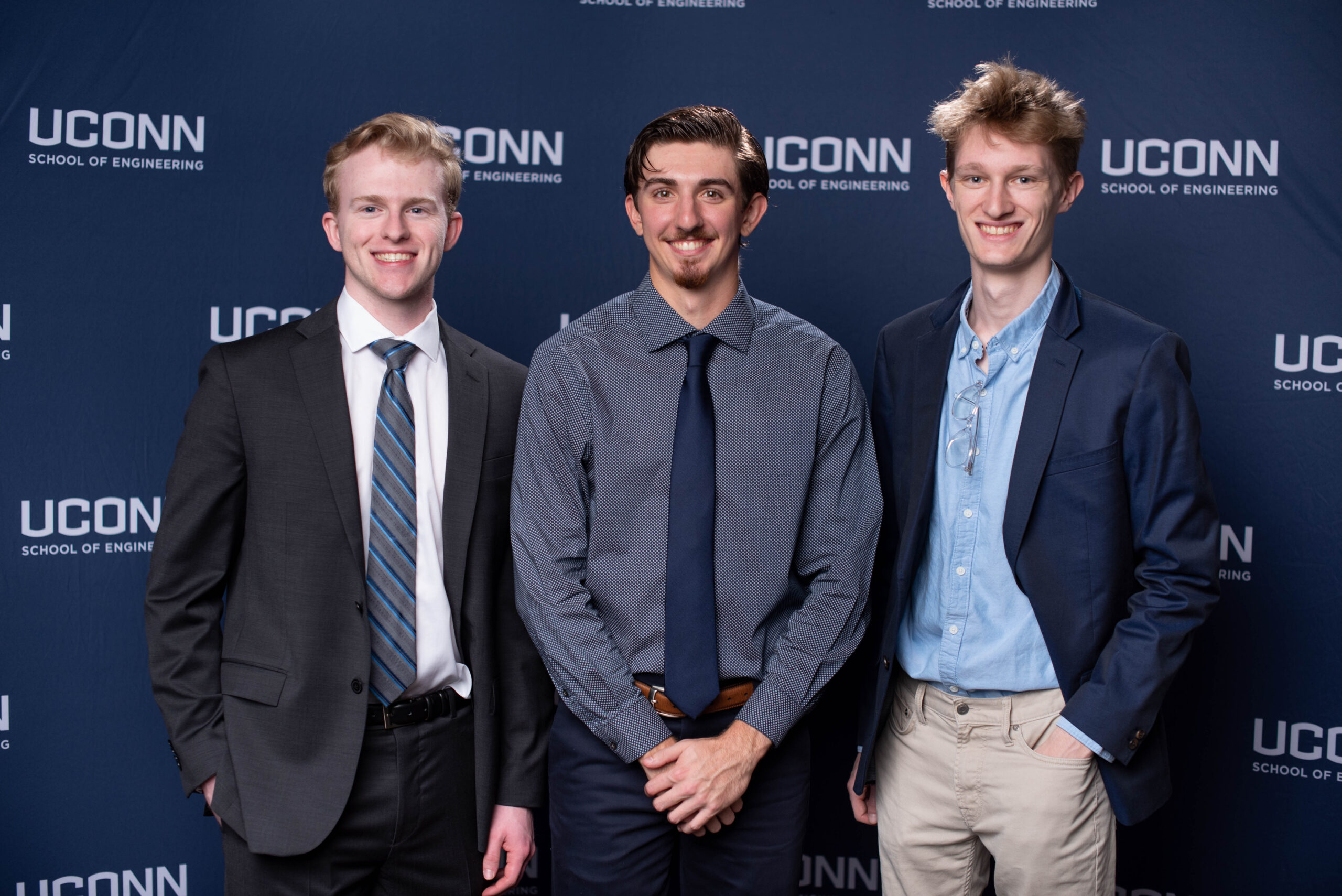
Design and Optimization of Advanced Aircraft Composite Structure
-
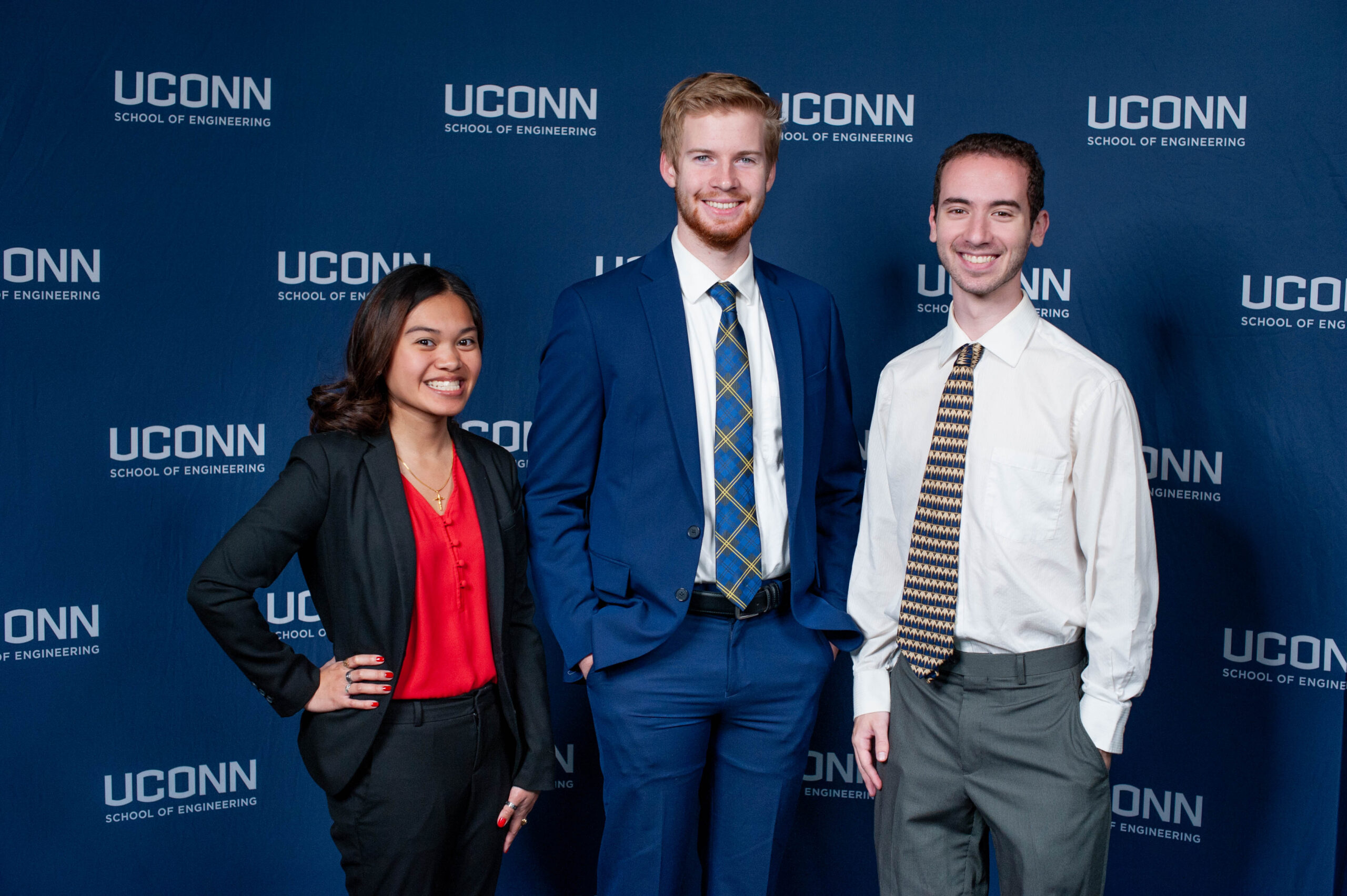
-
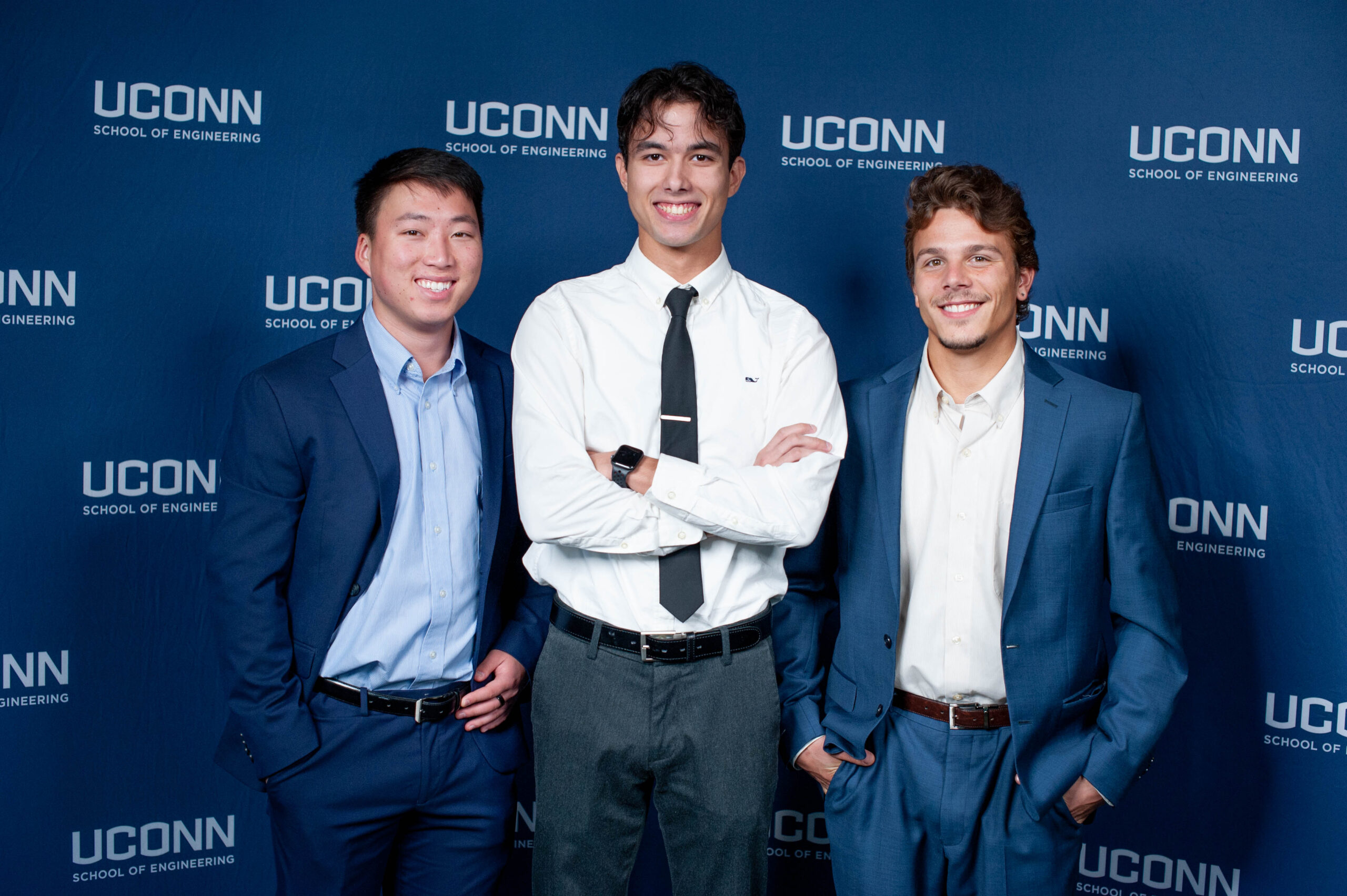
-
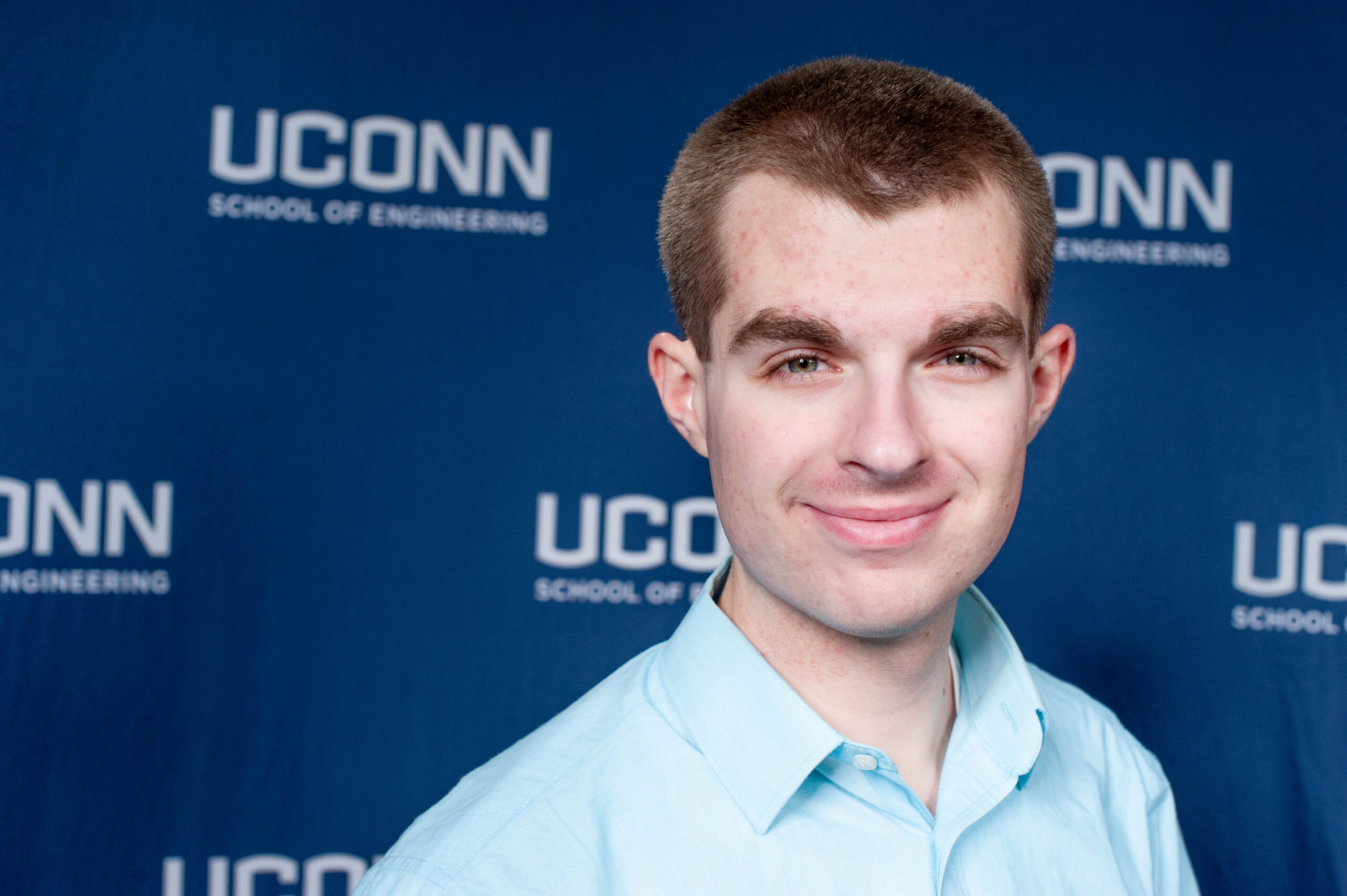
Optical Fiber Packaging for Structural System Health Monitoring
-
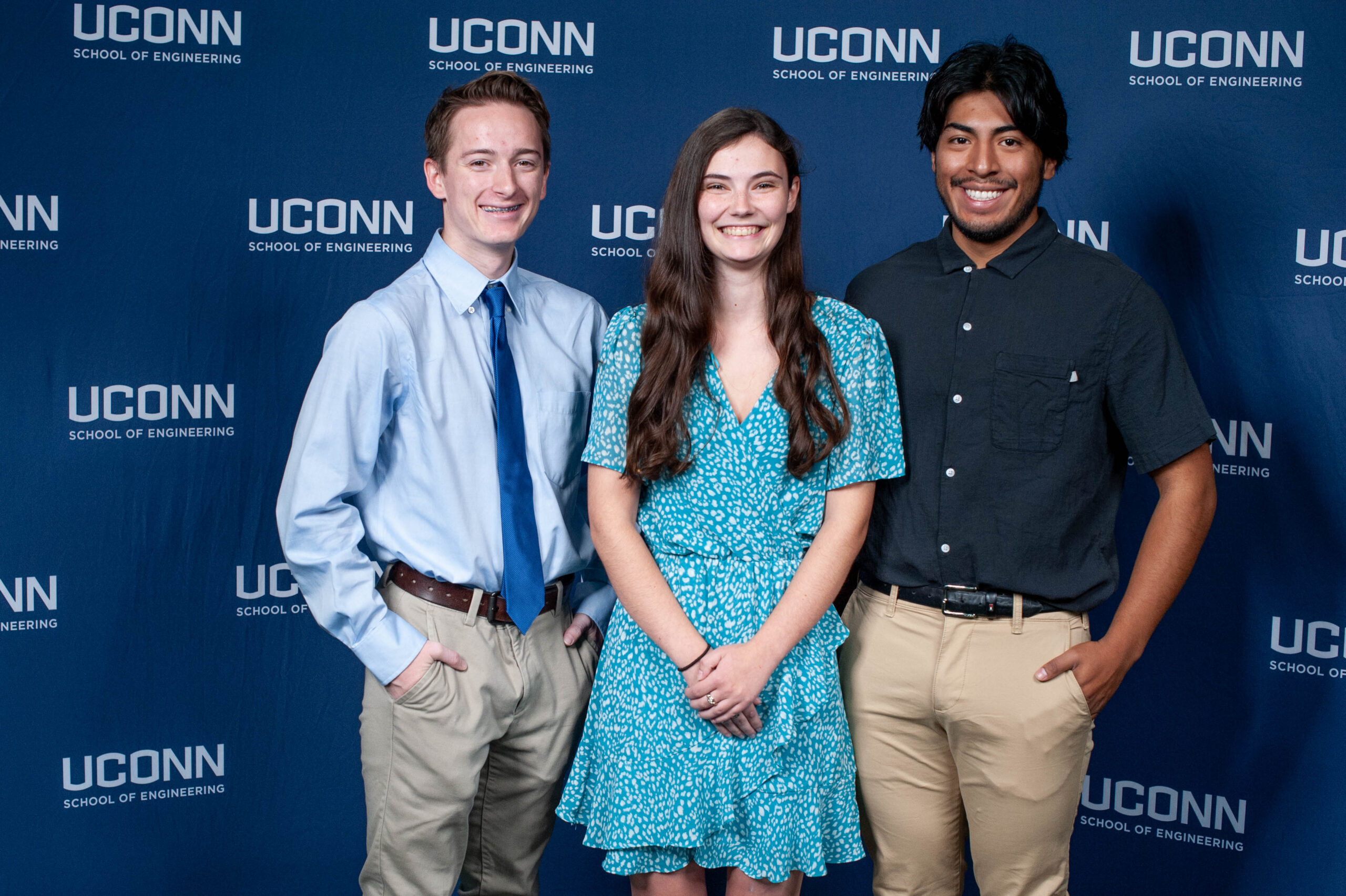
Automated Manufacturing of Copper Bonding Mesh for Equipotential Bonding
-
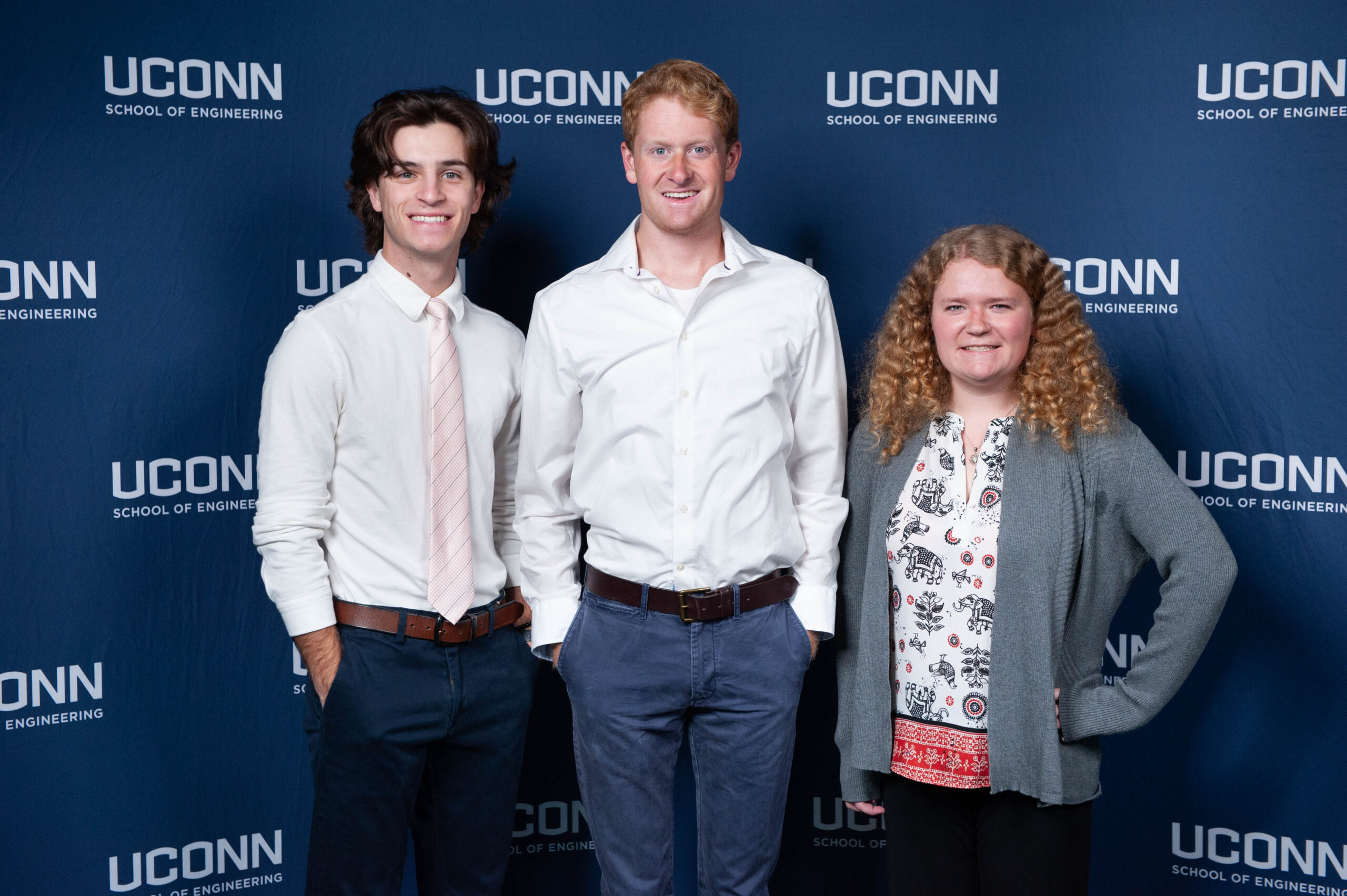
-
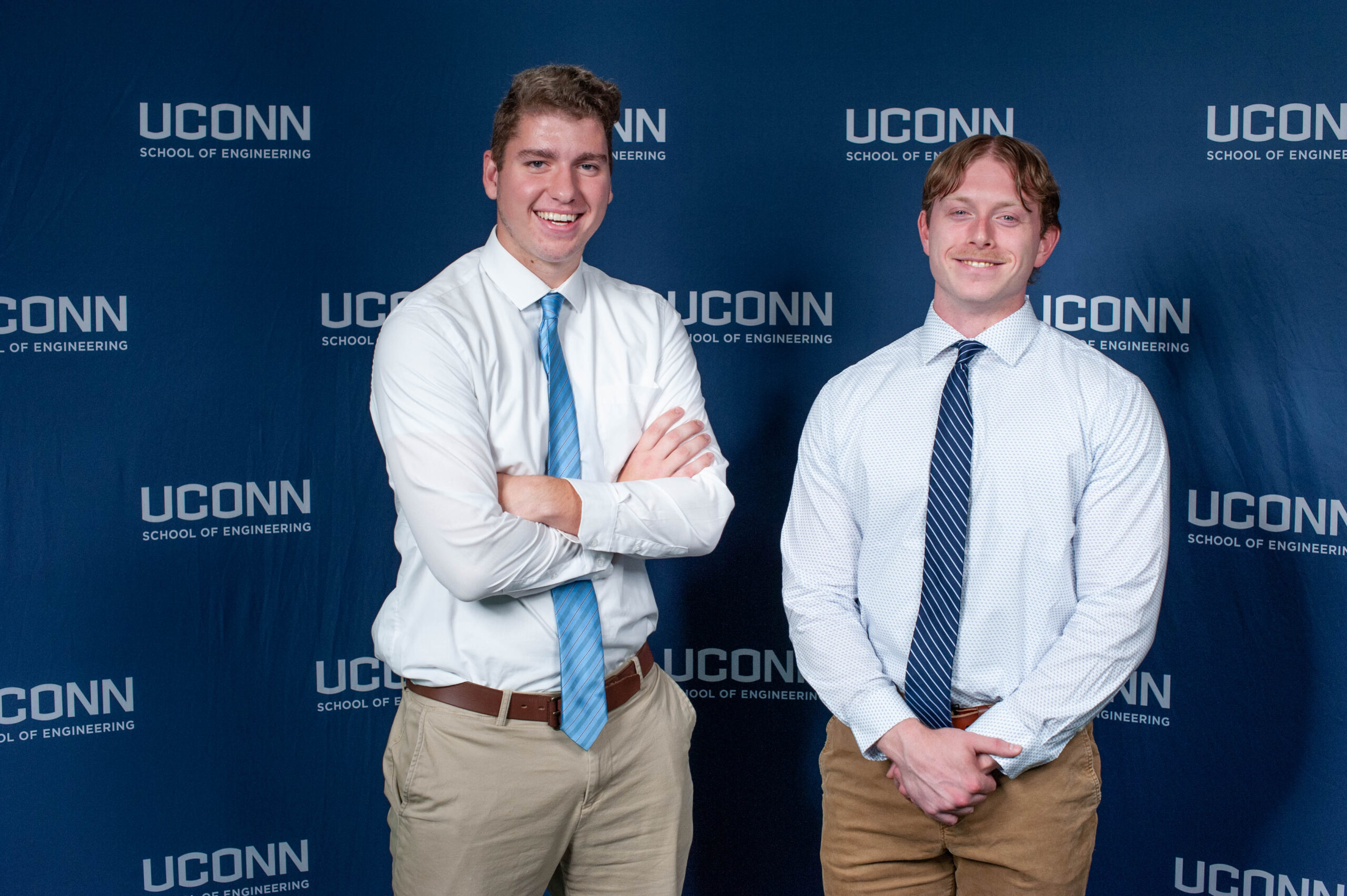
Temperature and Humidity (Climate Controlled) Chamber for IoT Device Testing
-
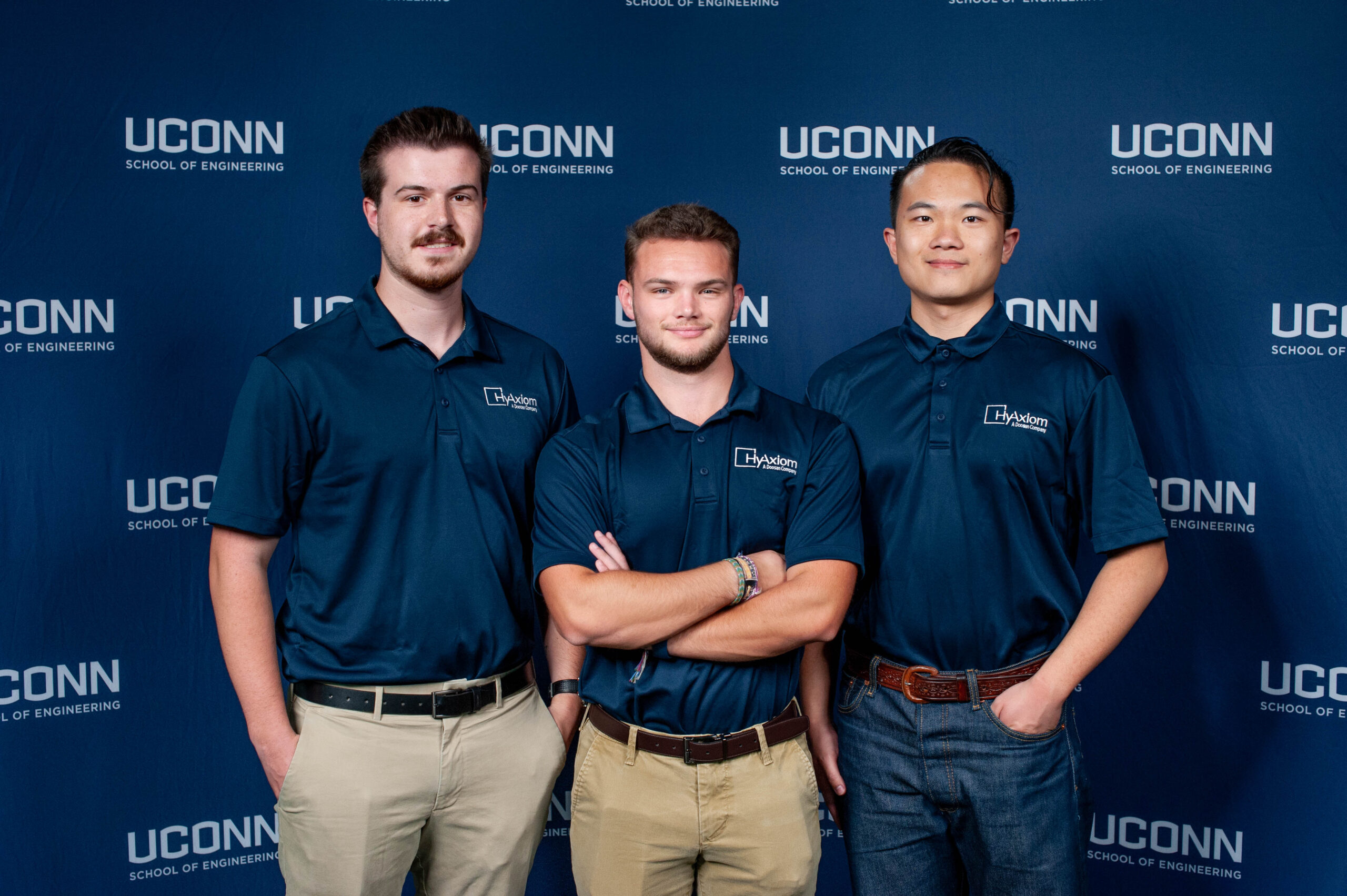
-
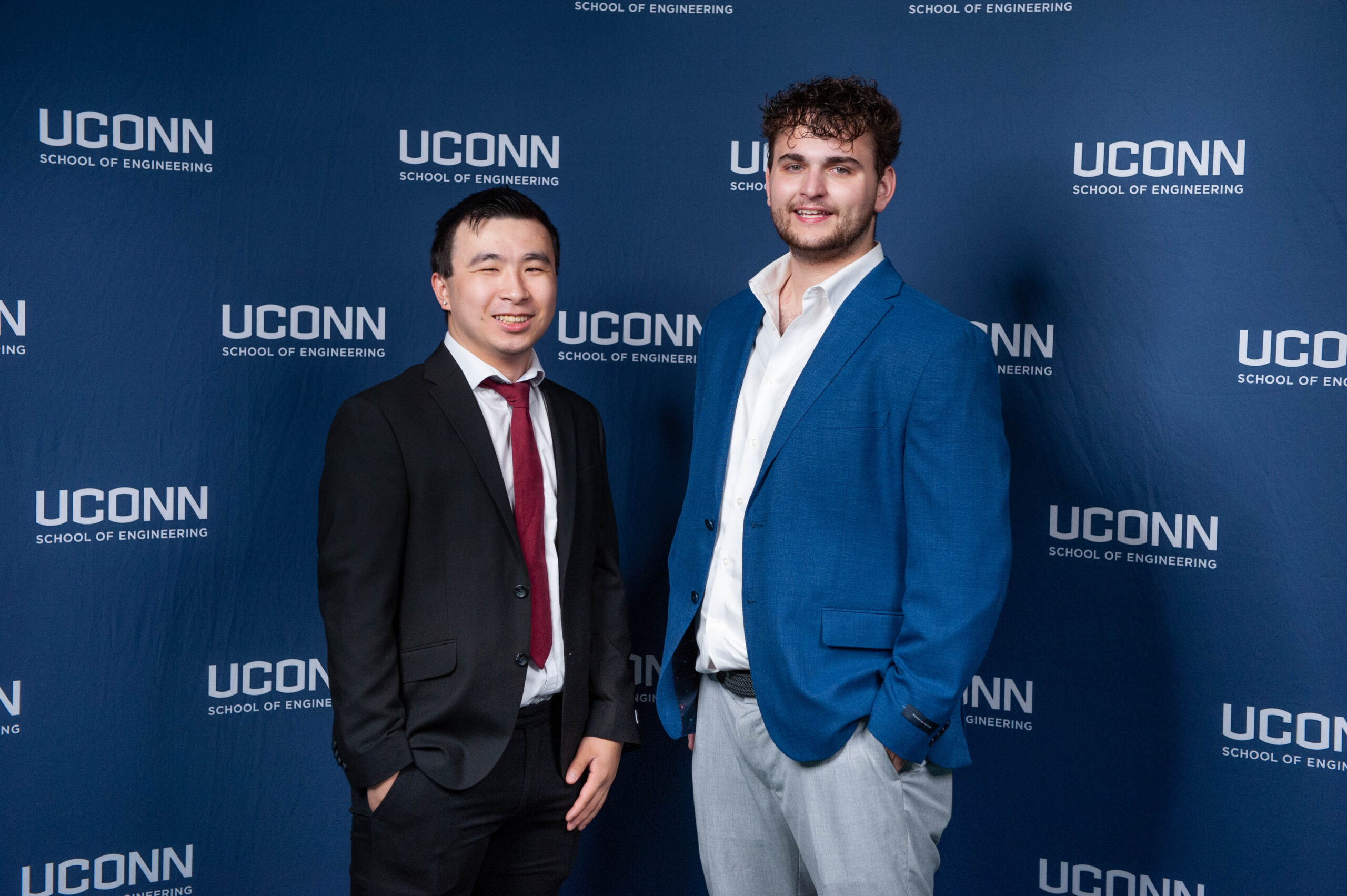
Developing a Digital Twin of the UConn Innovation Partnership Building
-
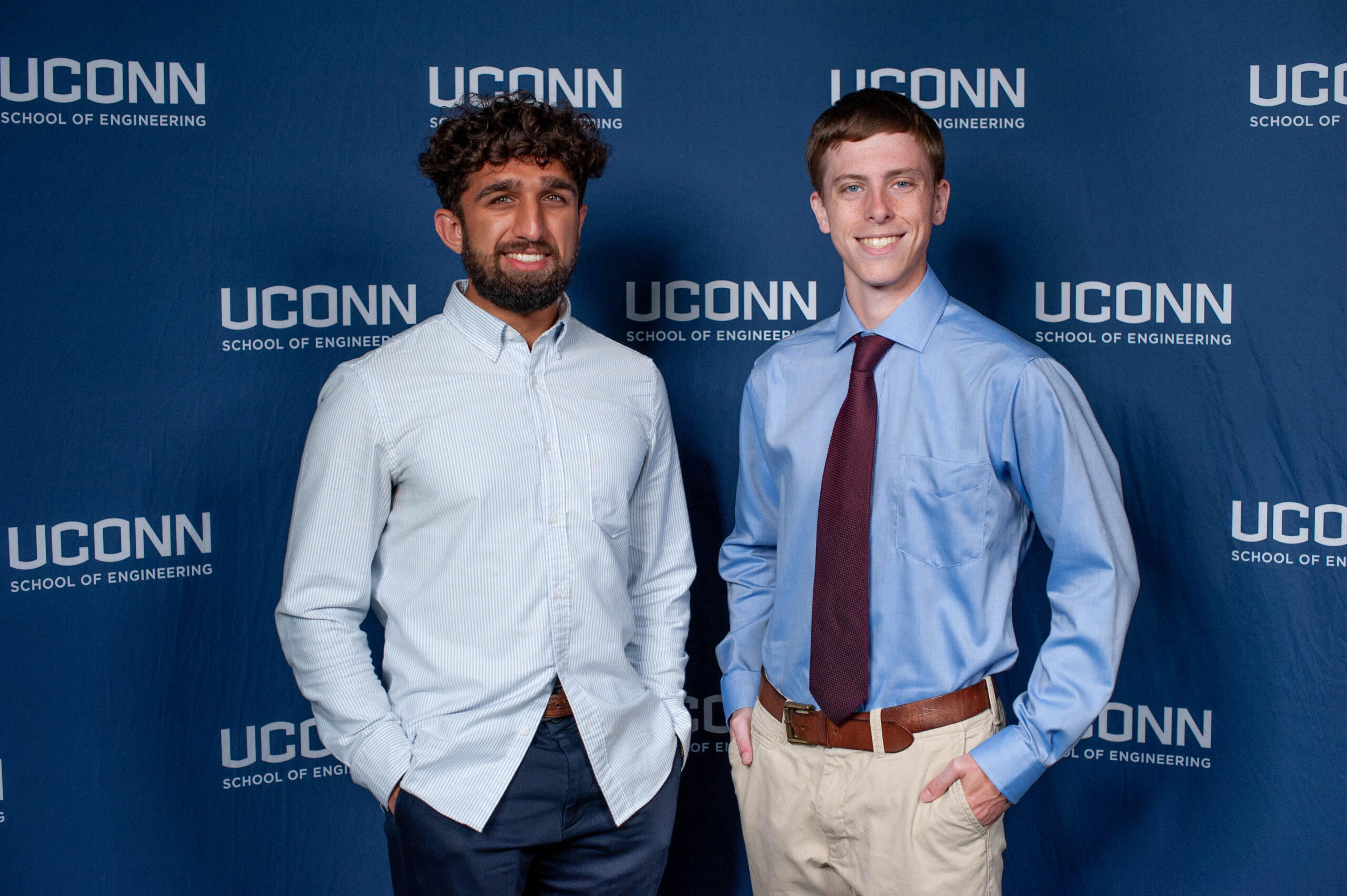
Digital Framework for Space Vehicle Attitude Control Requirements Verification
-

-
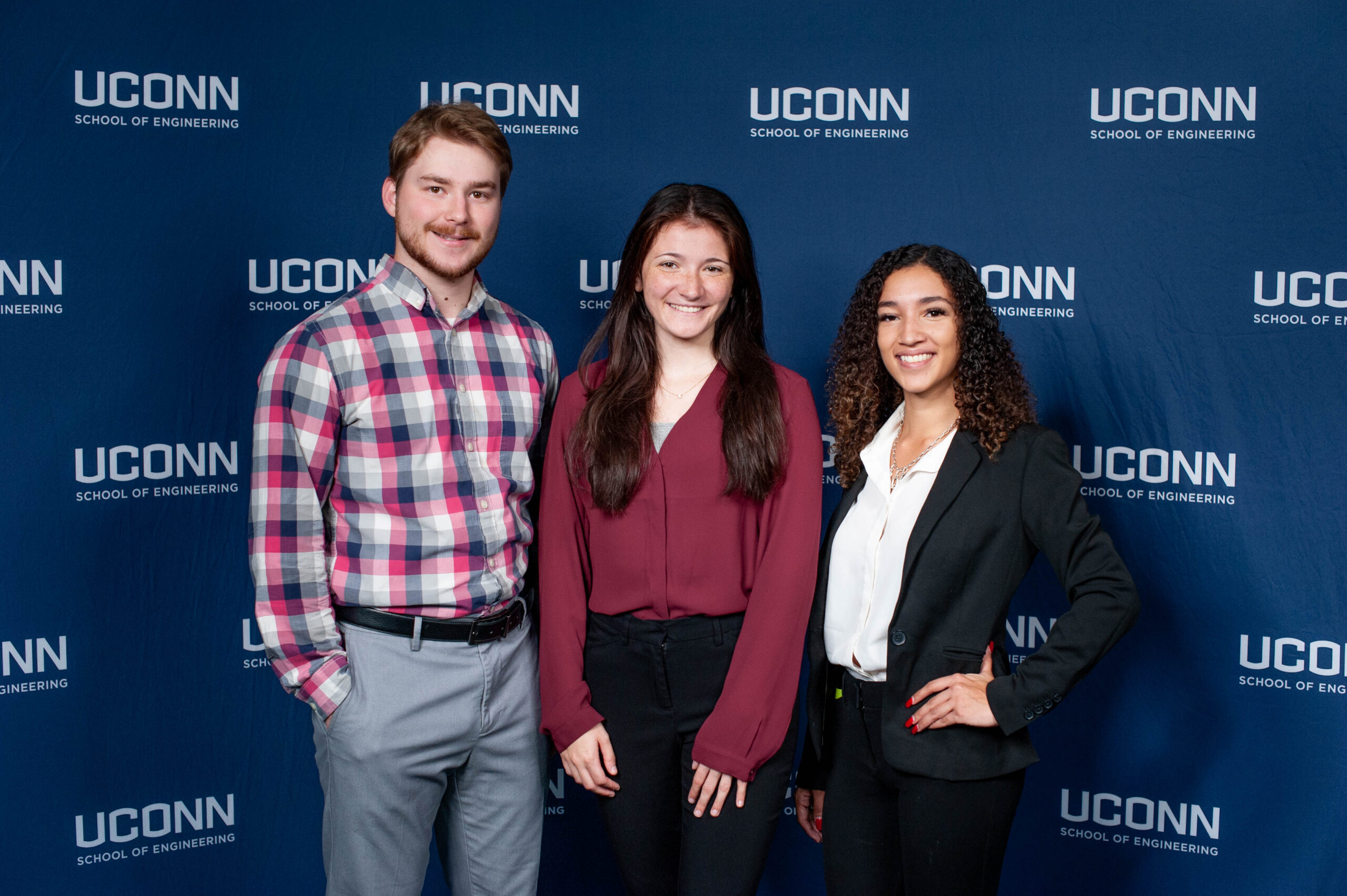
-

-
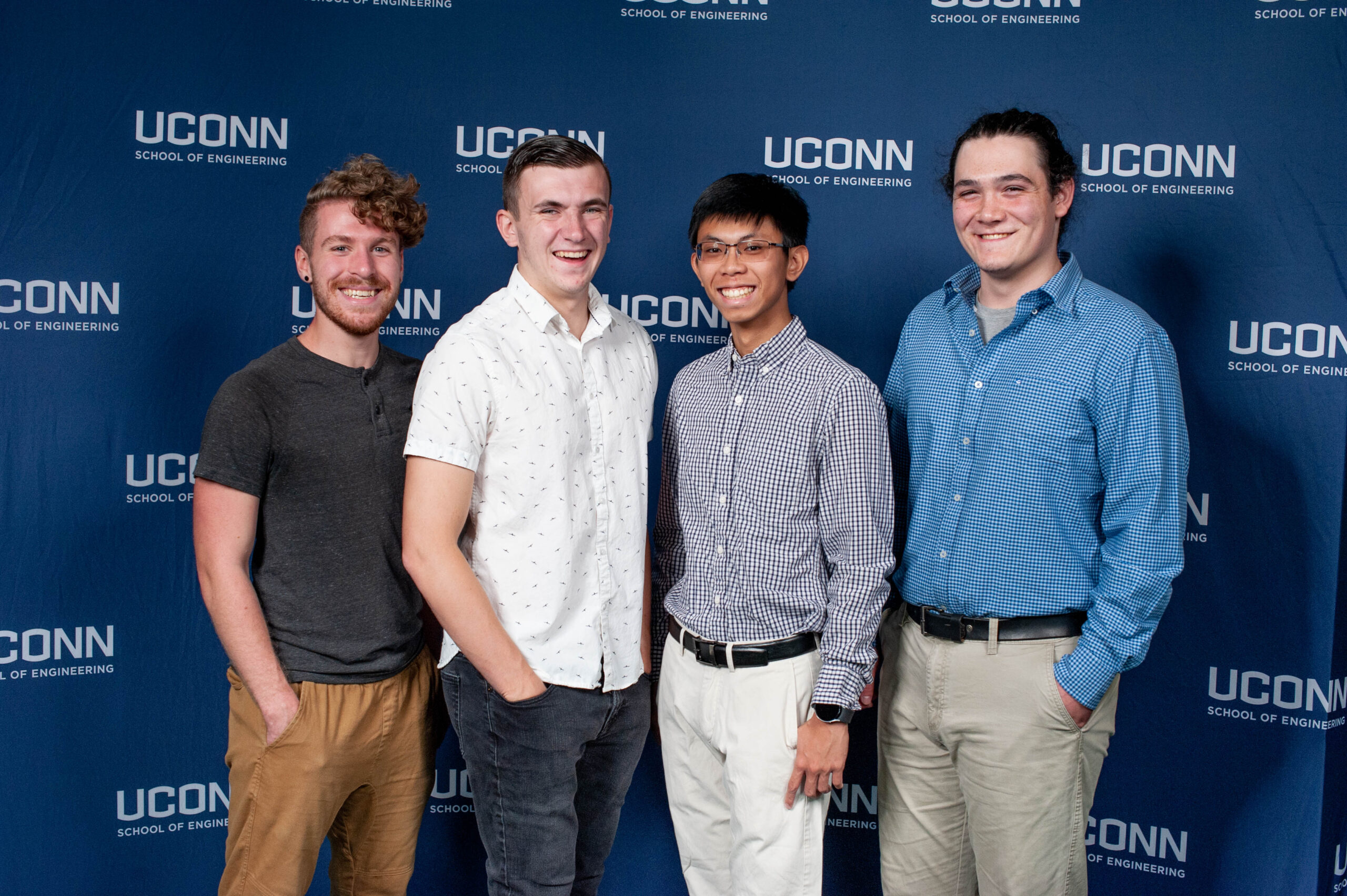
-
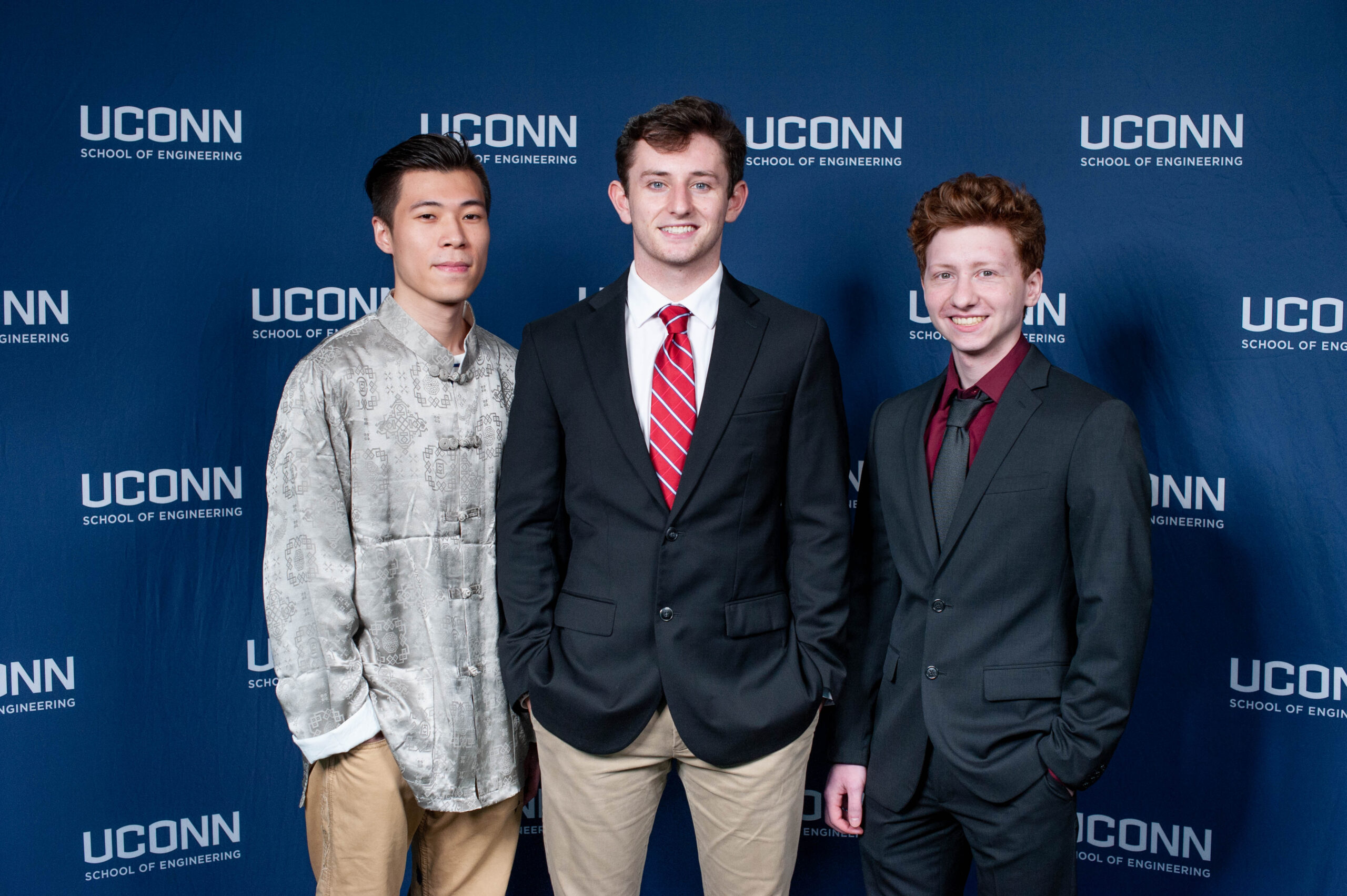
-
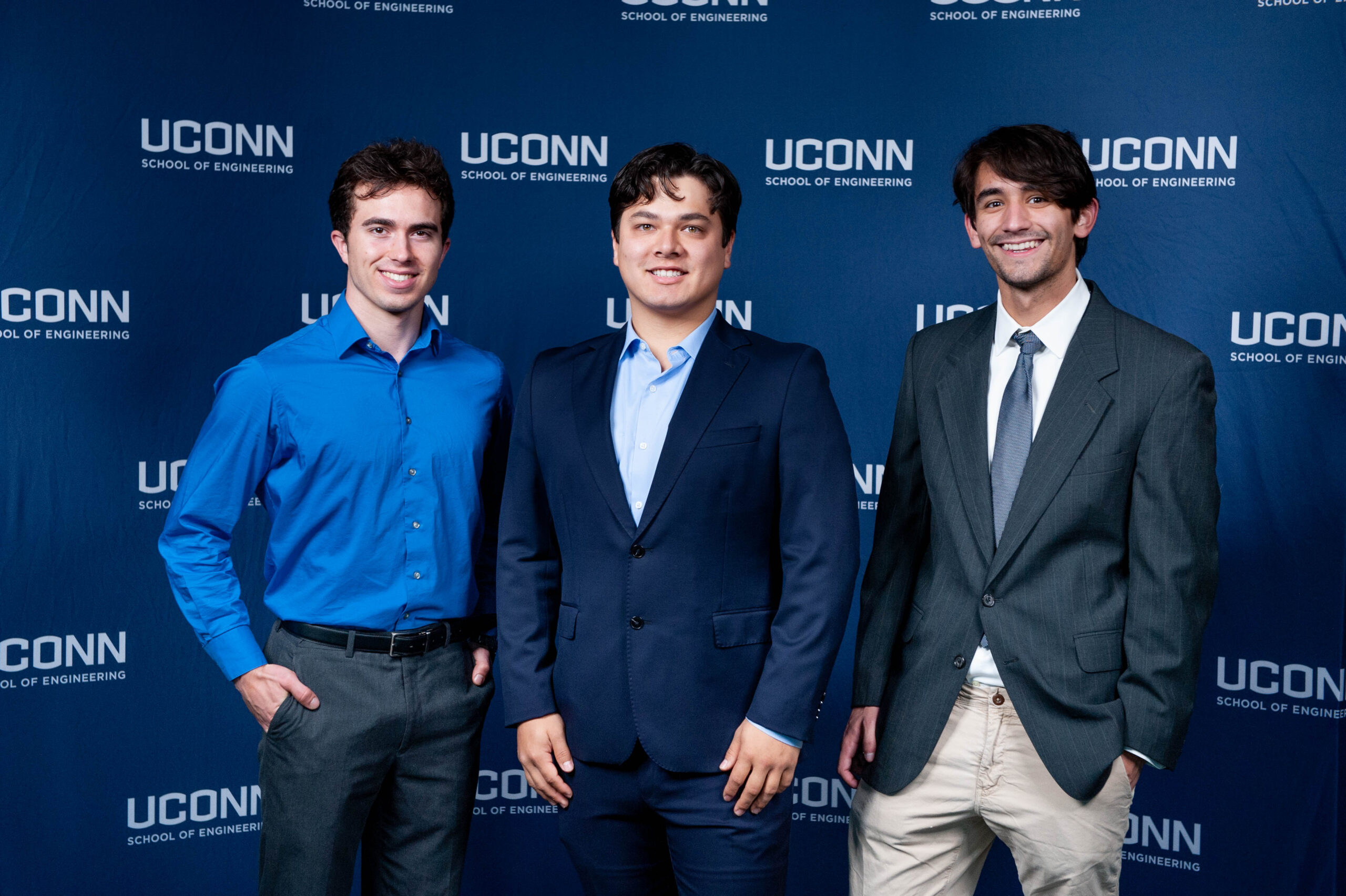
-
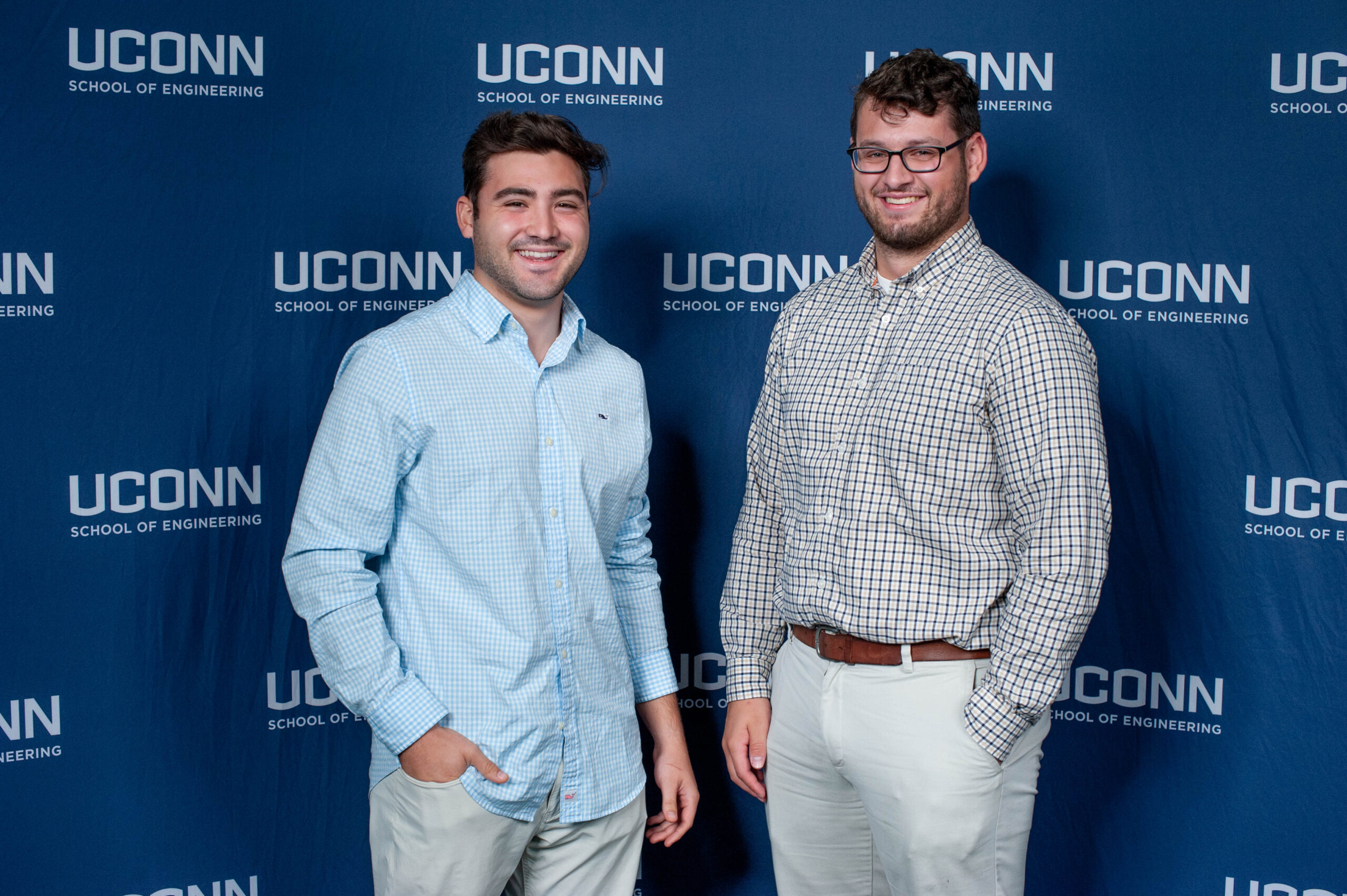
Energy Consumption and Efficiency Initiatives for Building 274
-
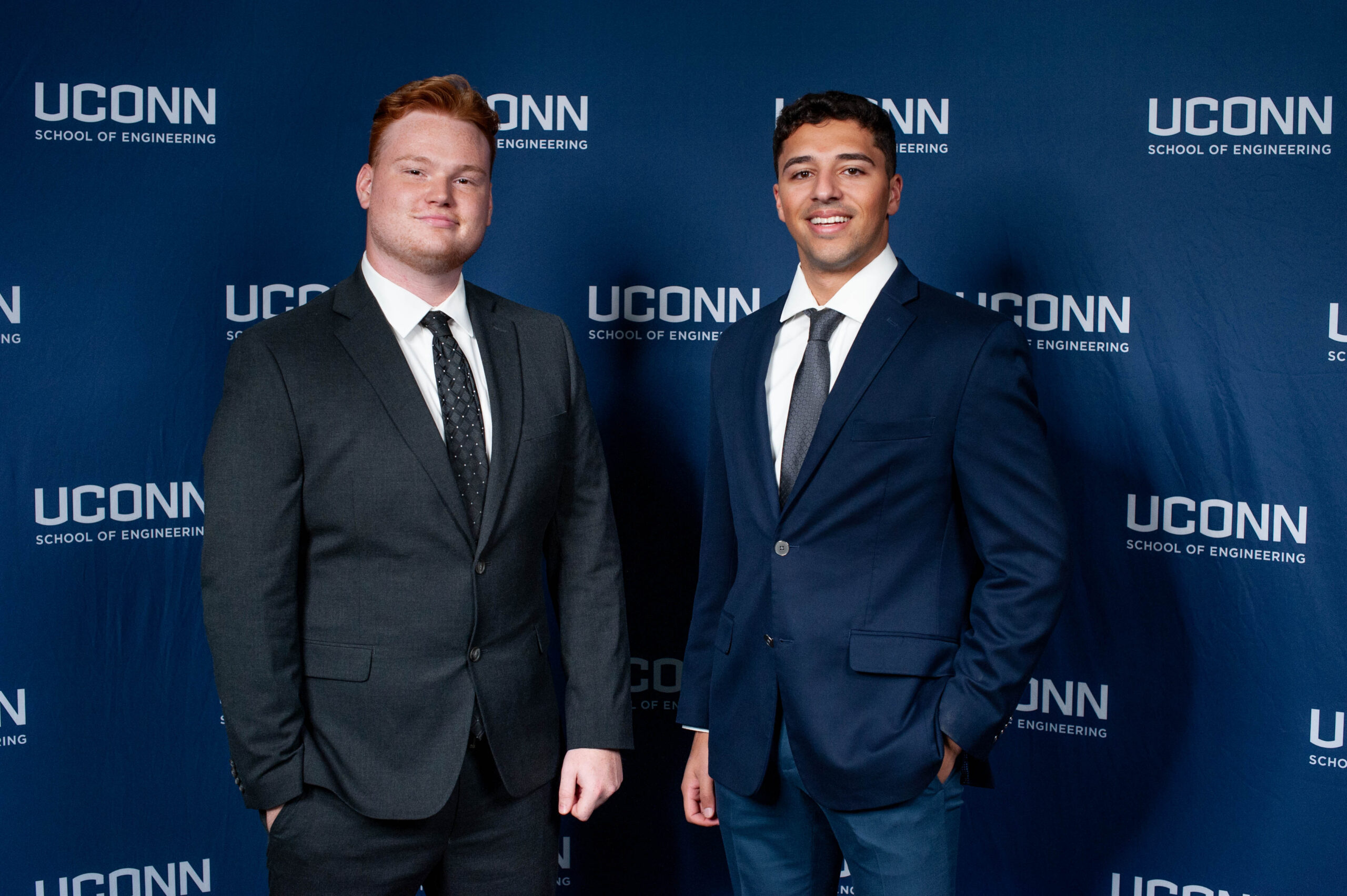
Pharmaceutical Manufacturing Critical Spares Assessment and Management Strategy
-
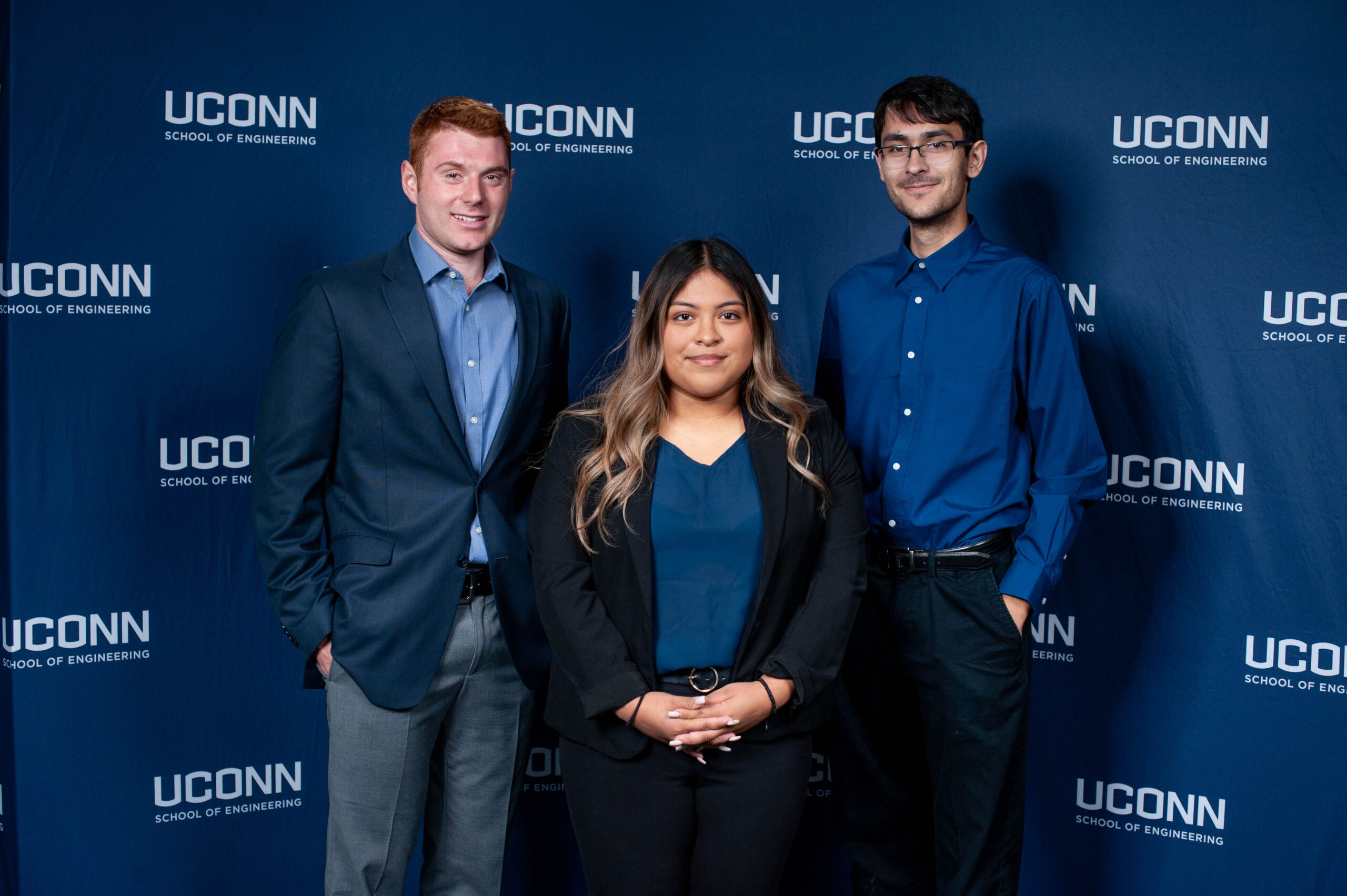
Experimental and Analytical Demonstration of a Coupled Disk-Shaft
-
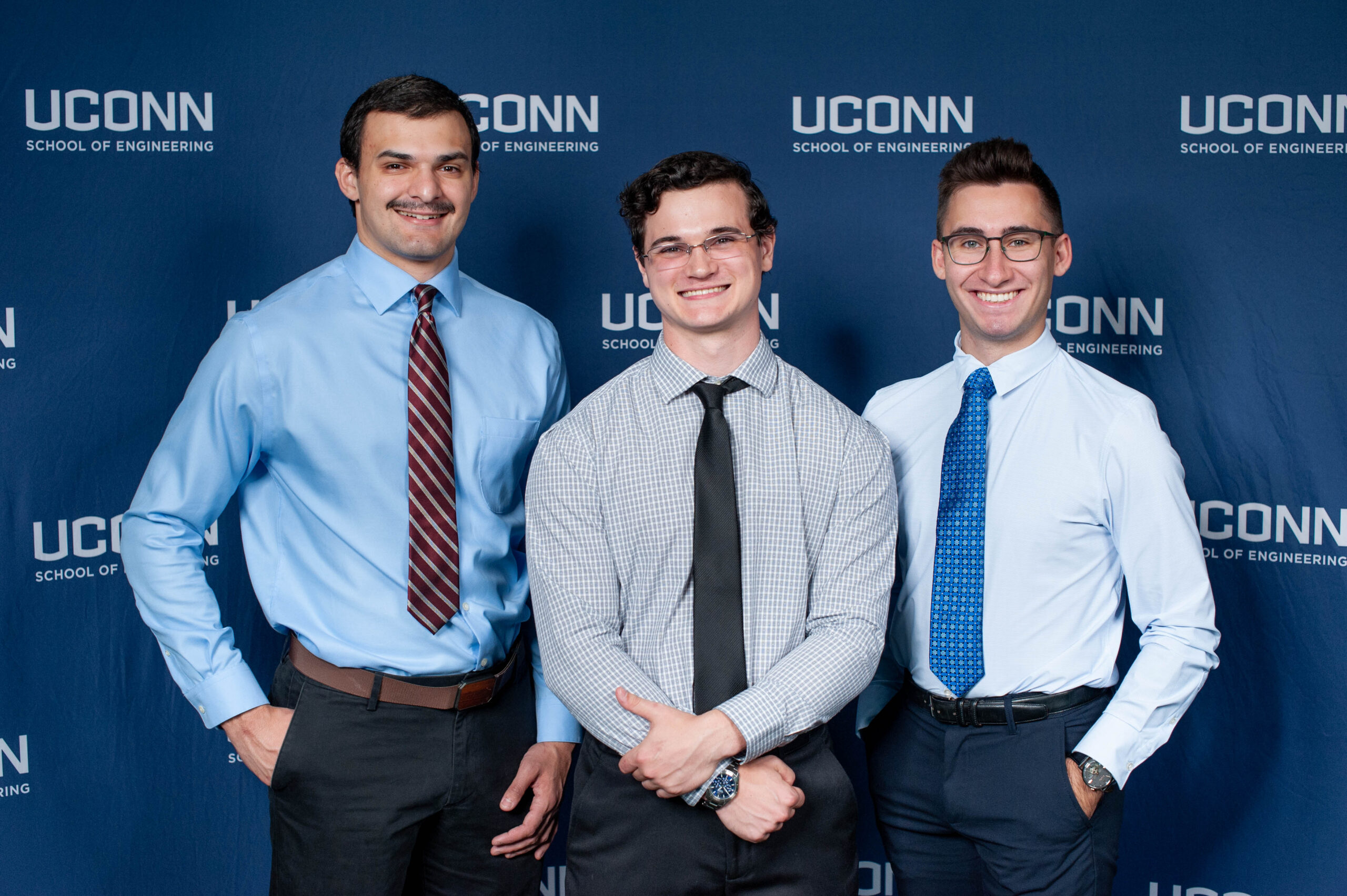
Investigation of Damping Concepts to Minimize Blade Vibration
-

Investigation of Damping Concepts to Minimize Blade Vibration
-
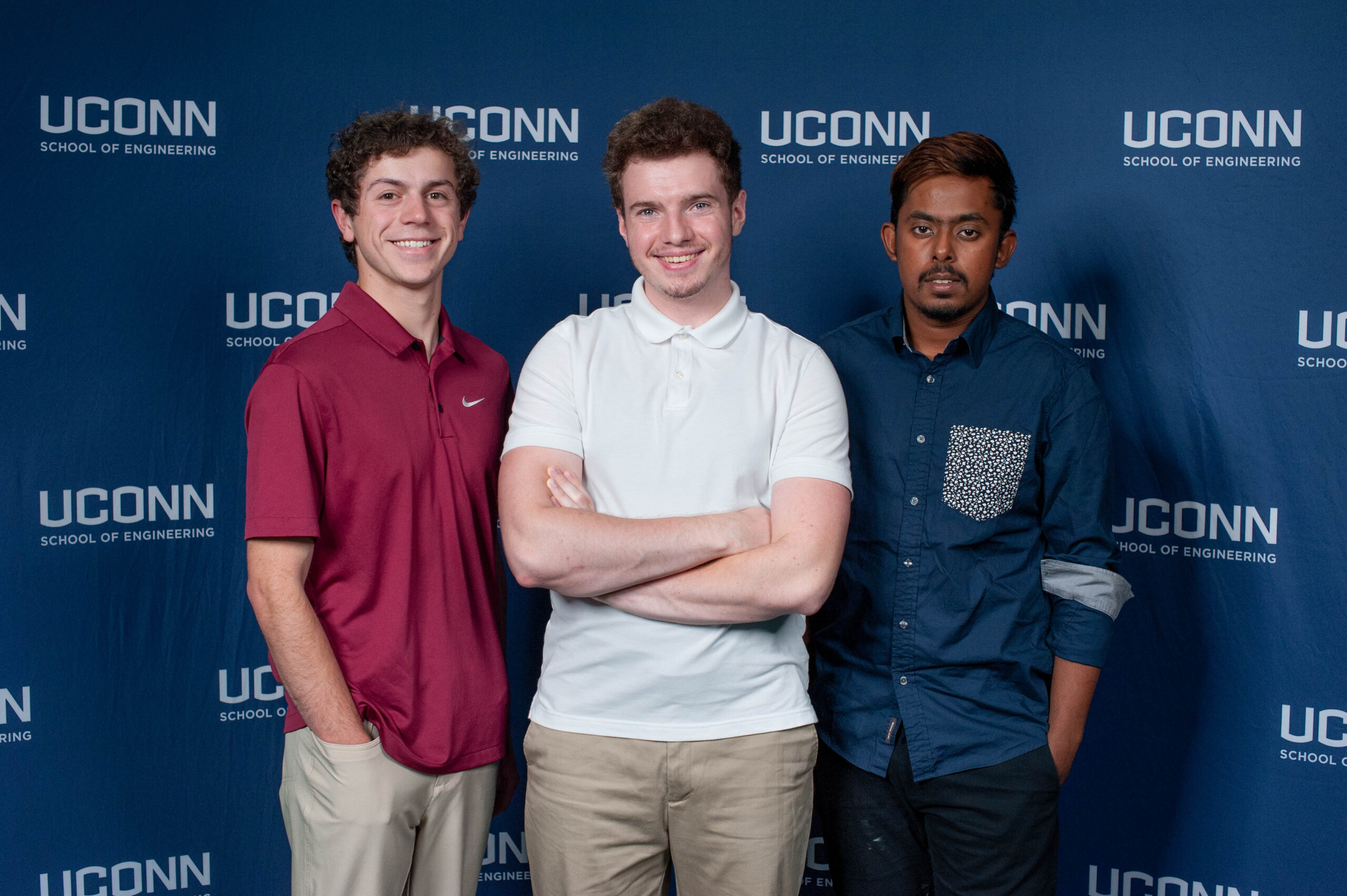
-
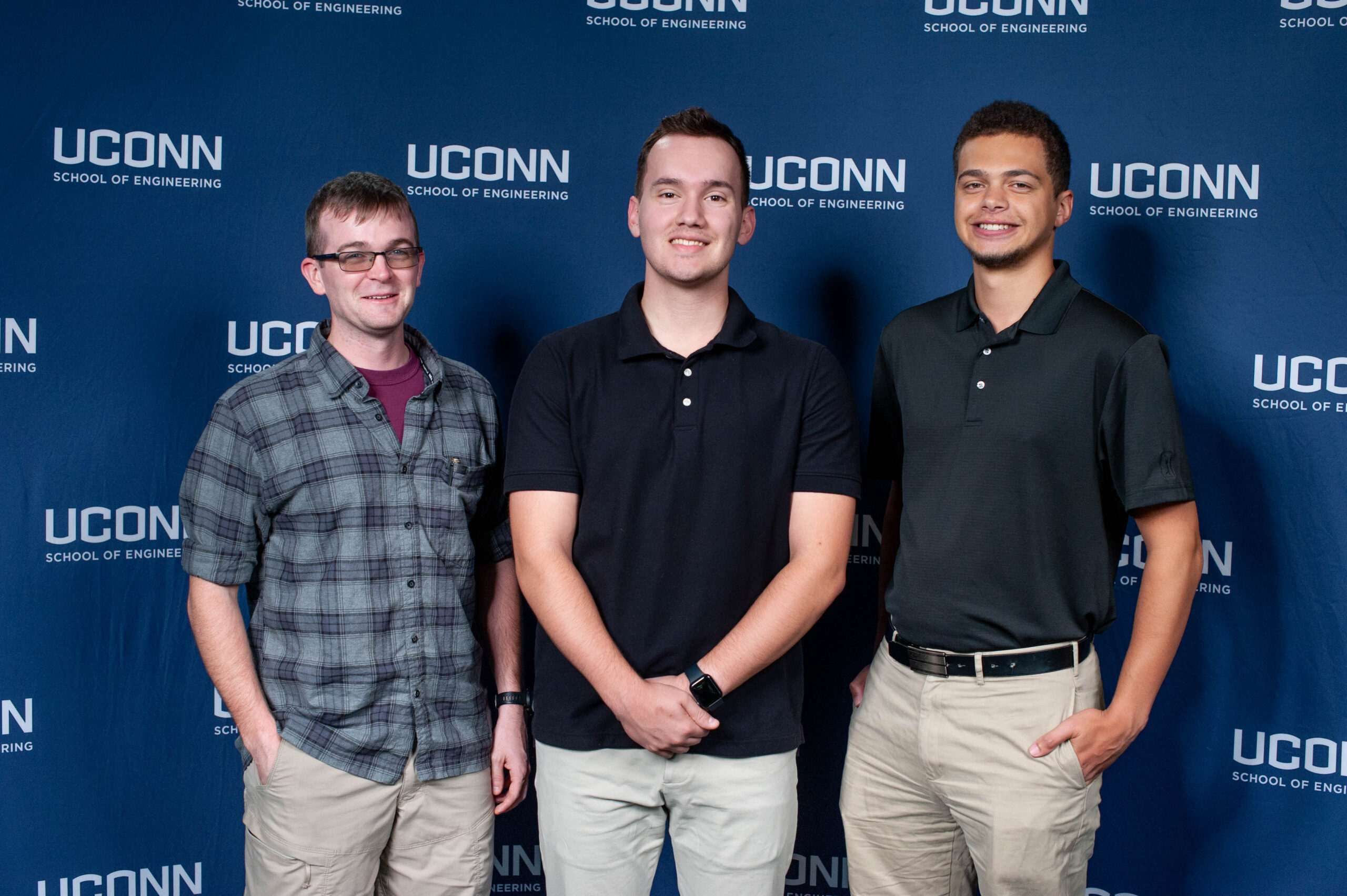
-
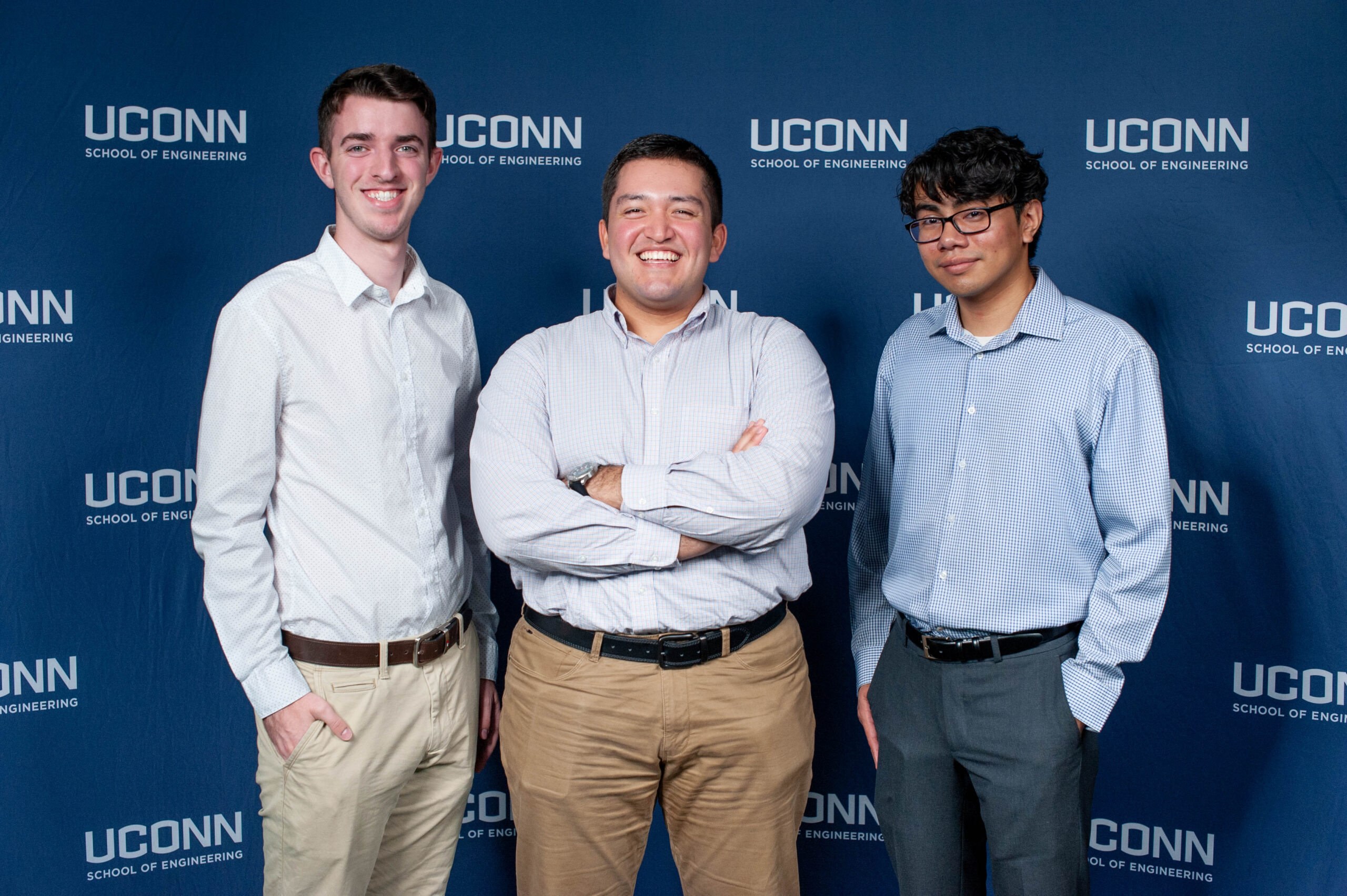
-
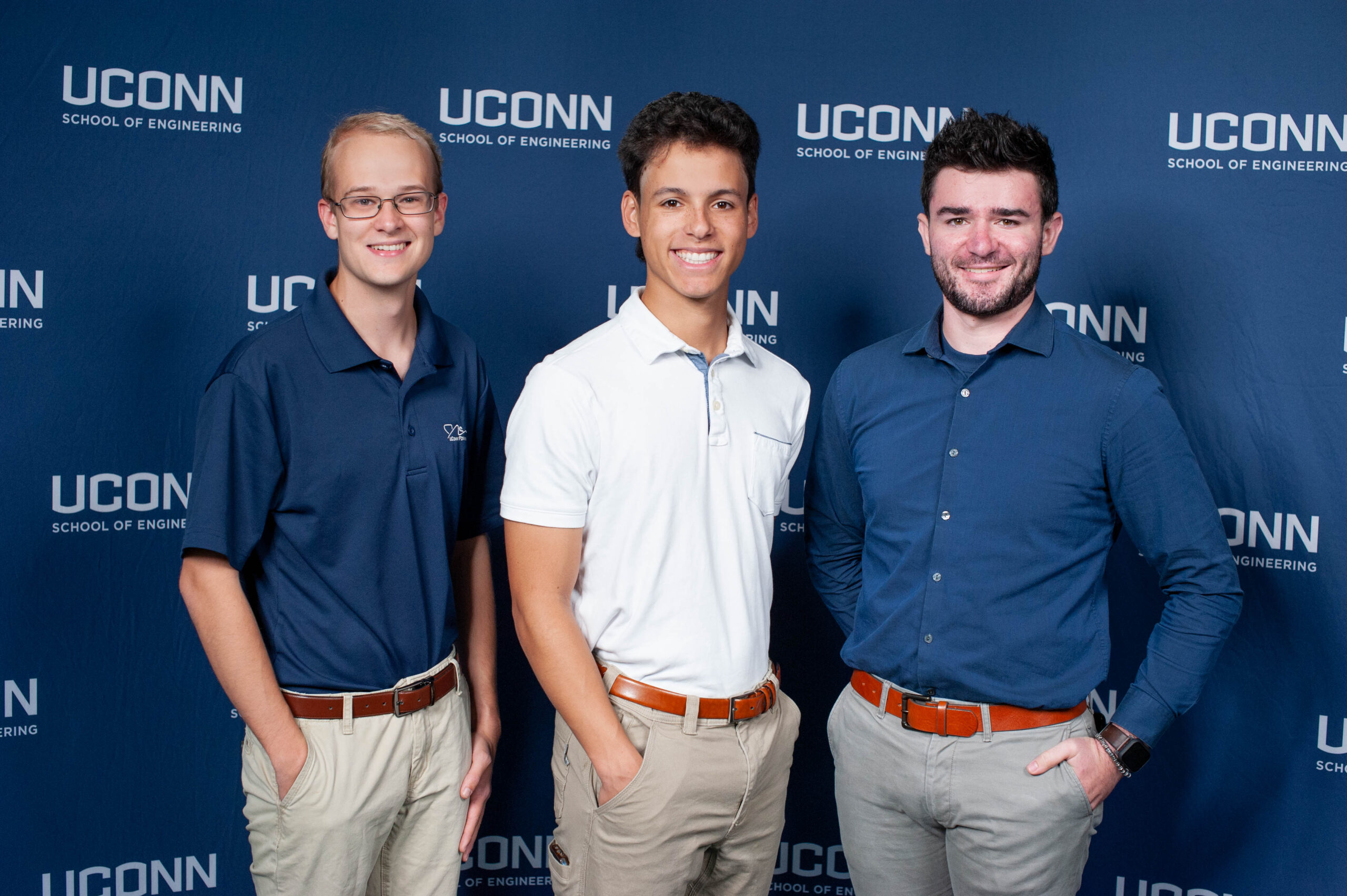
-
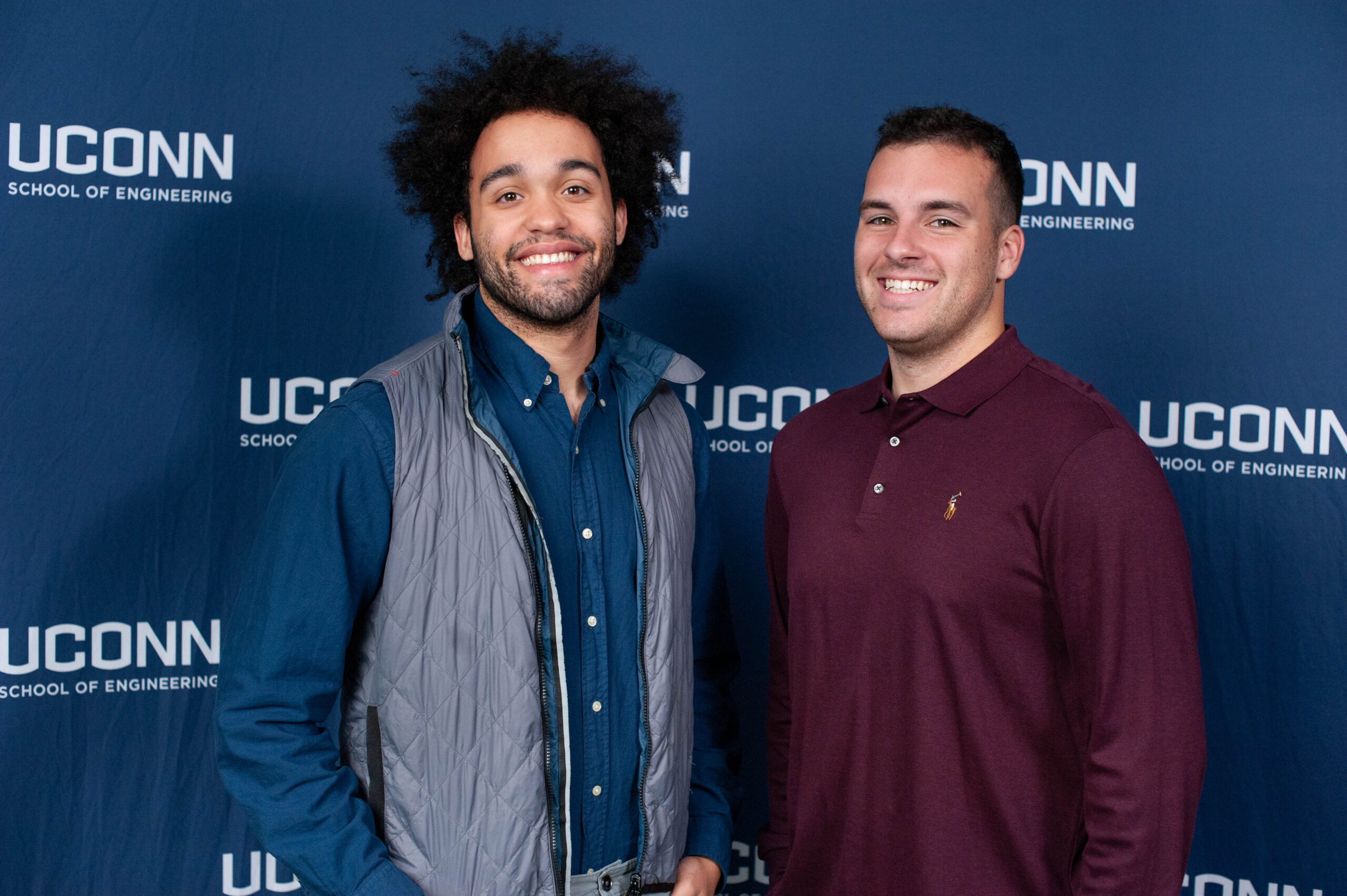
-
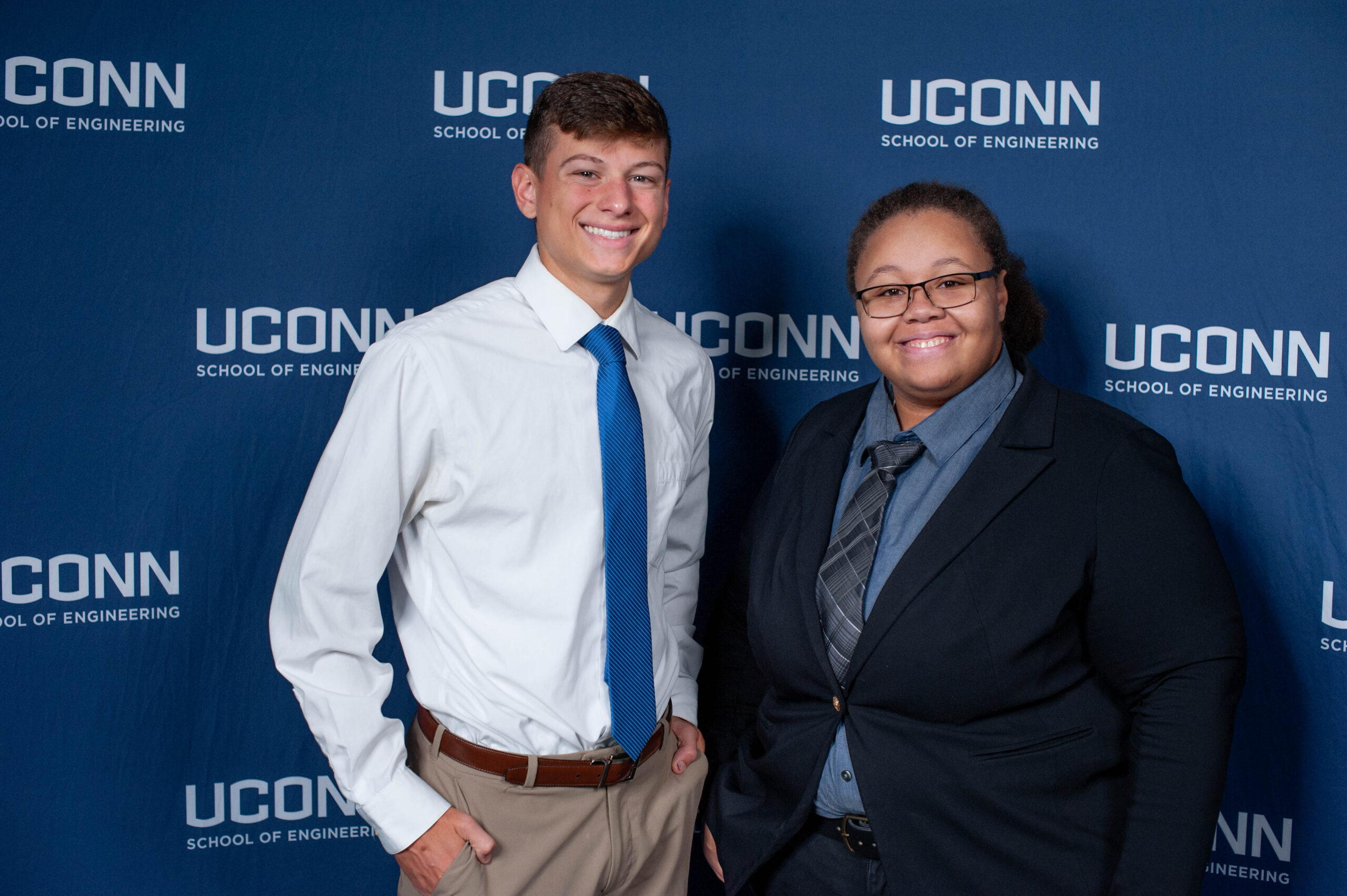
-
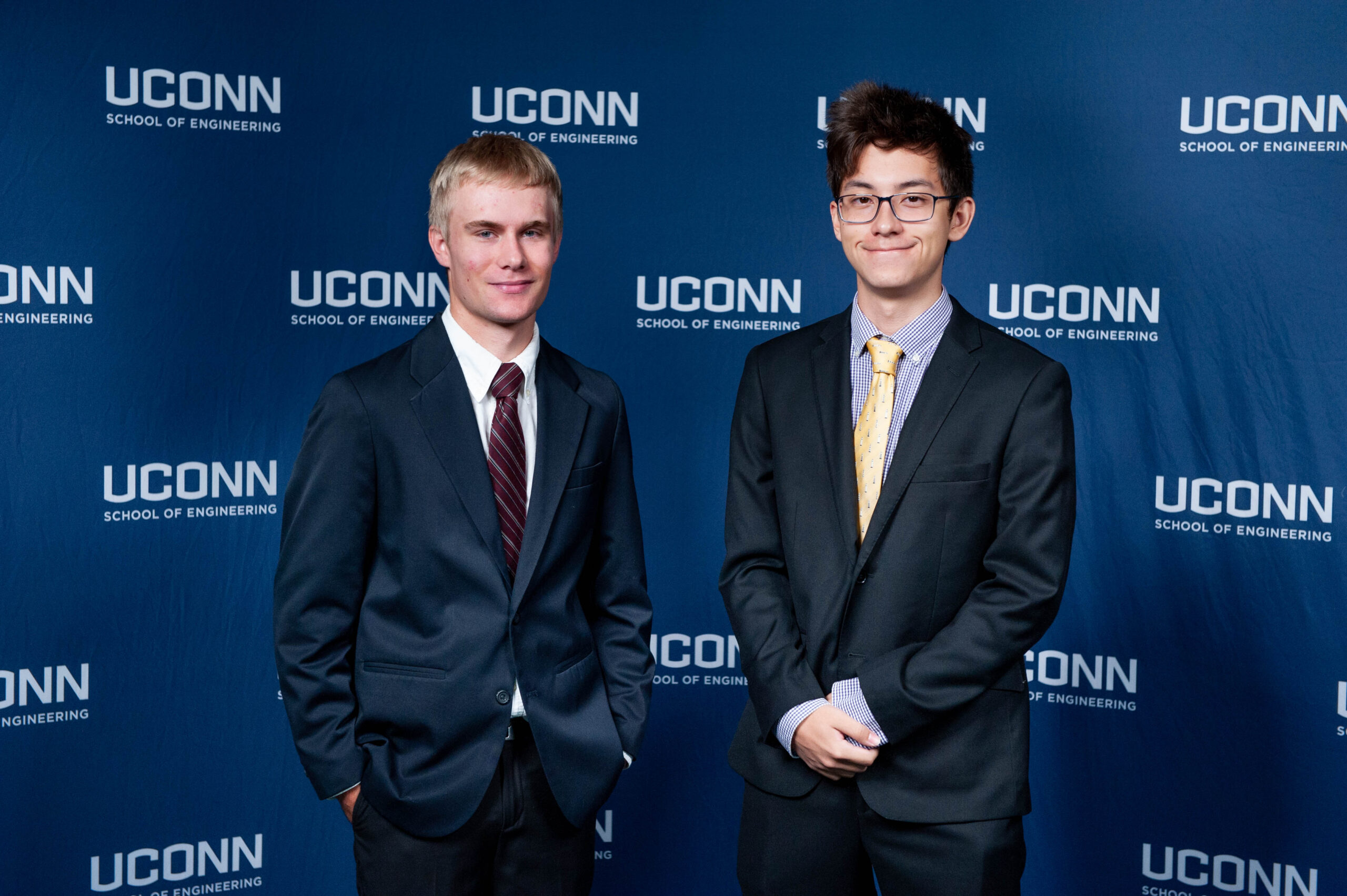
-
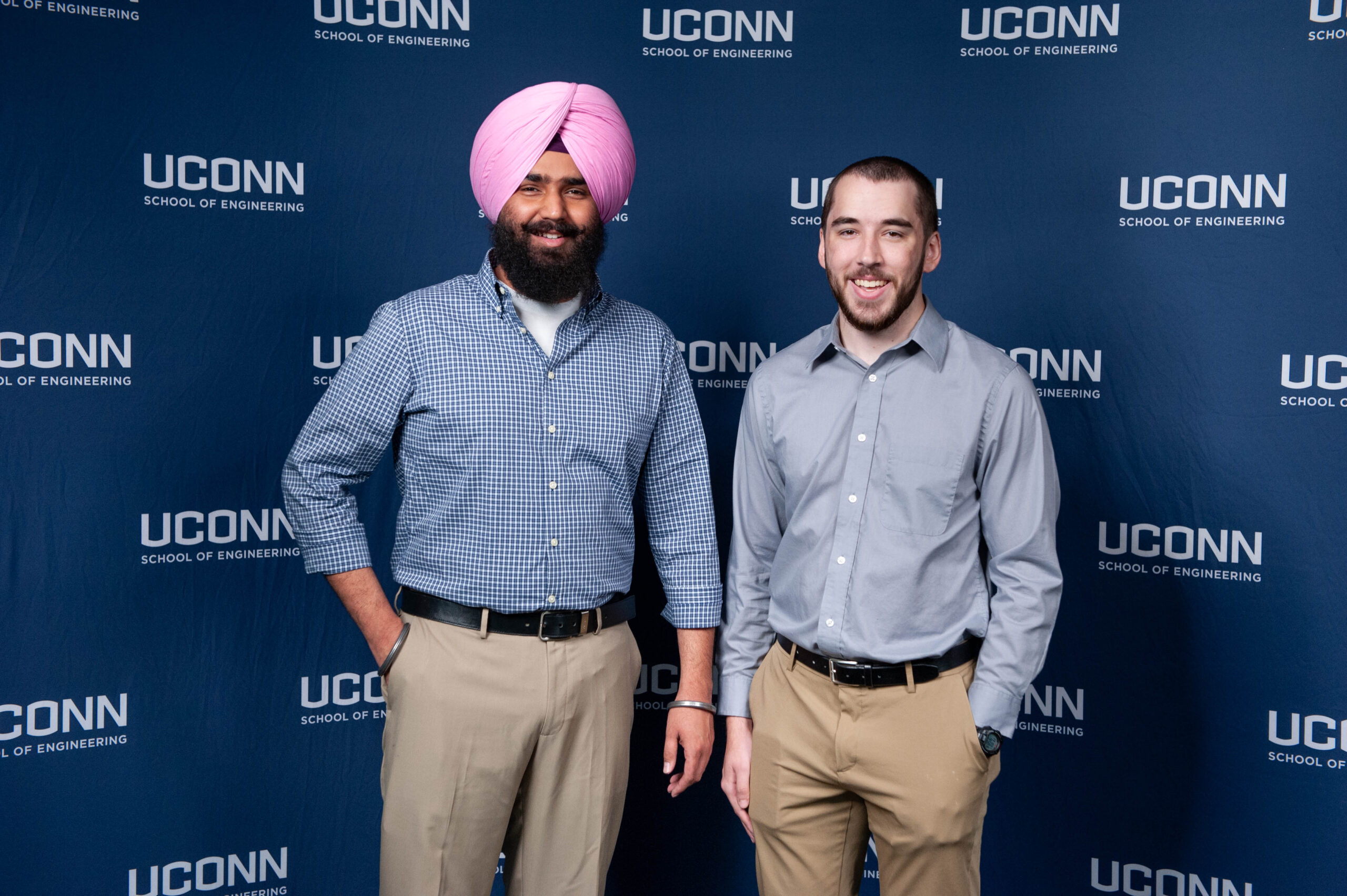
Detection of People and Materials in a Machine Automation Environment
-
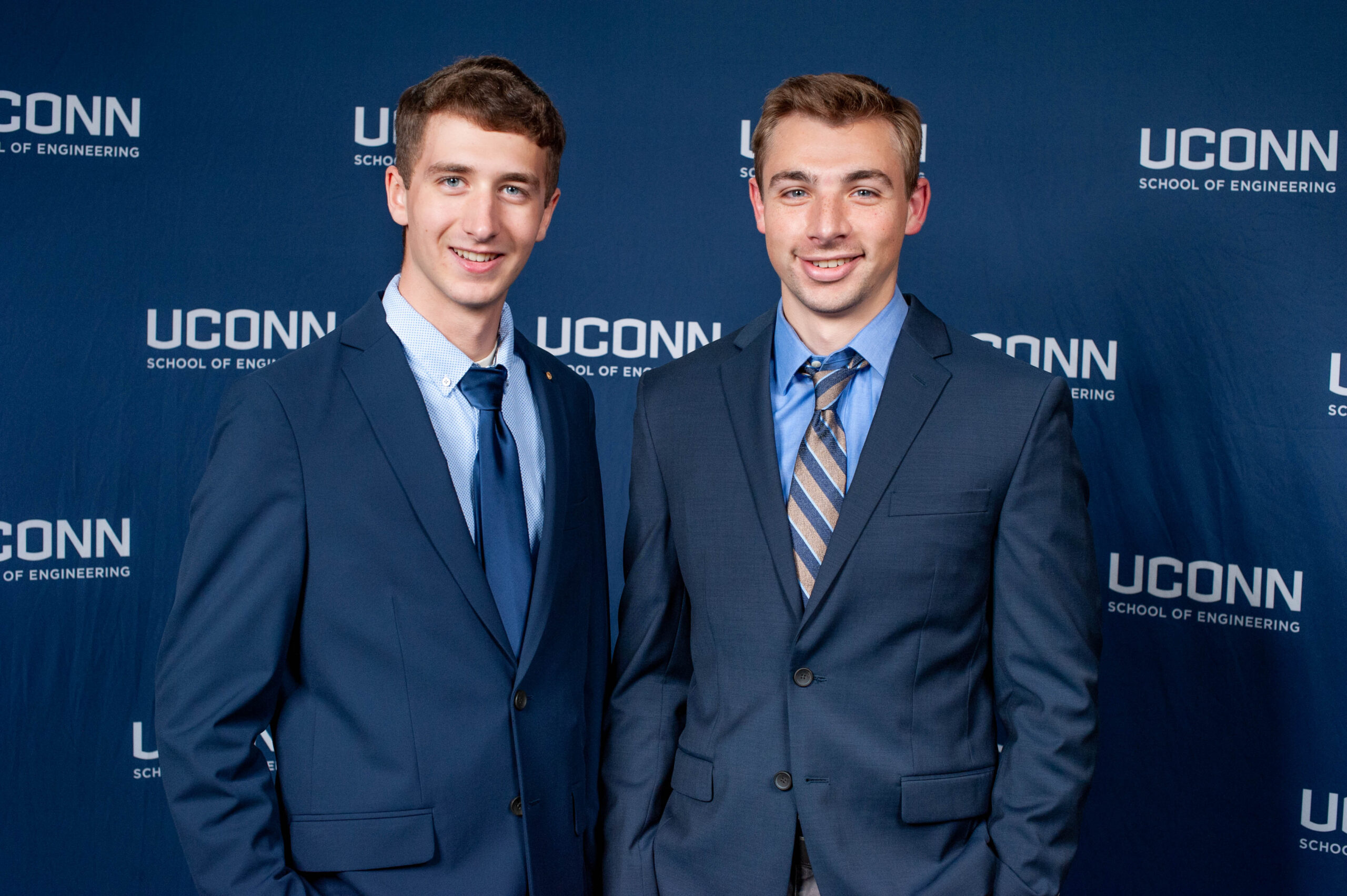
-
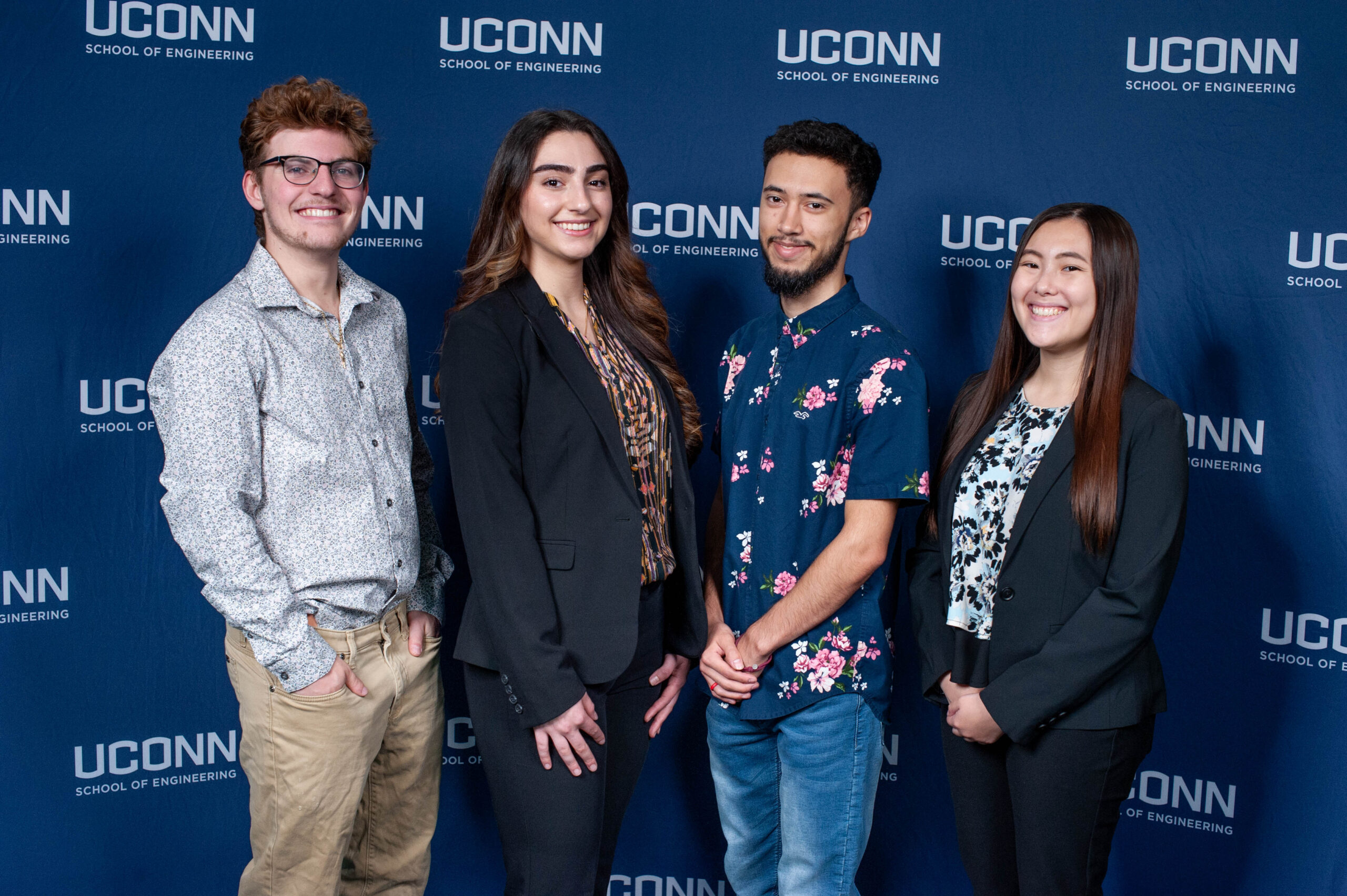
Development of an Affordable Accessibility Ramp with an Emphasis on Recycled Materials
-

-
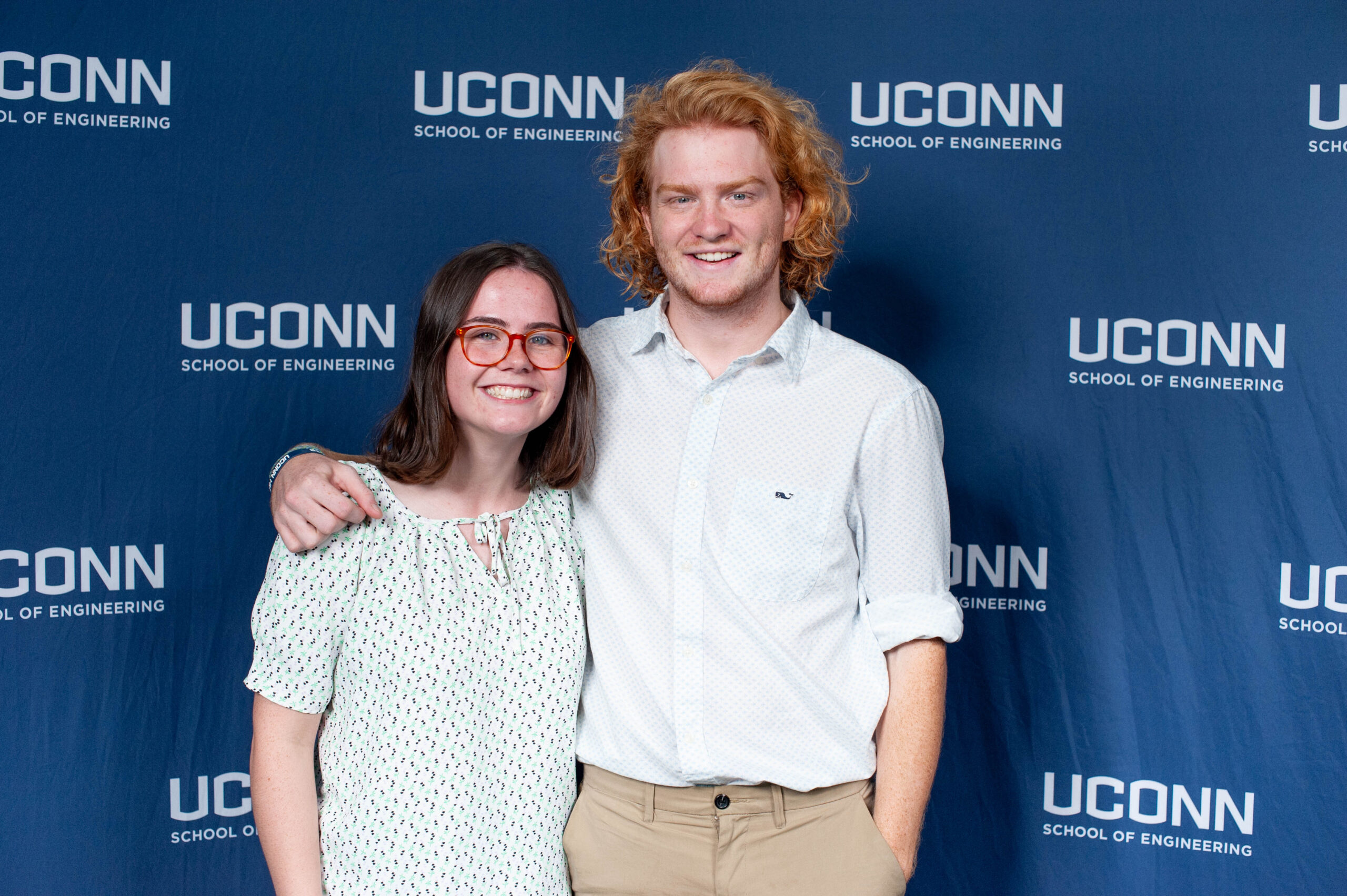
-
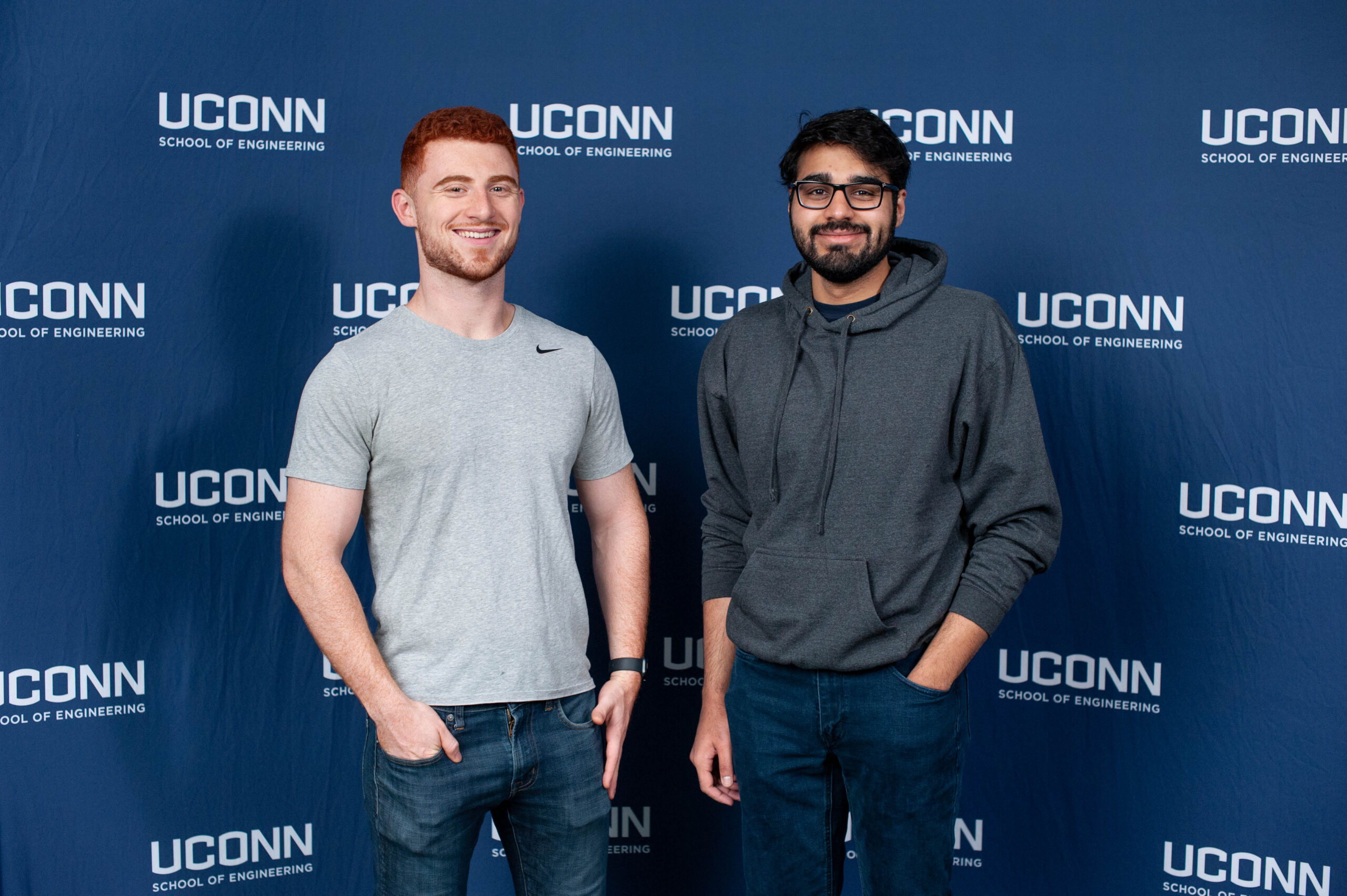
Mobile phone game for particle and rigid body dynamics virtual experiments
-
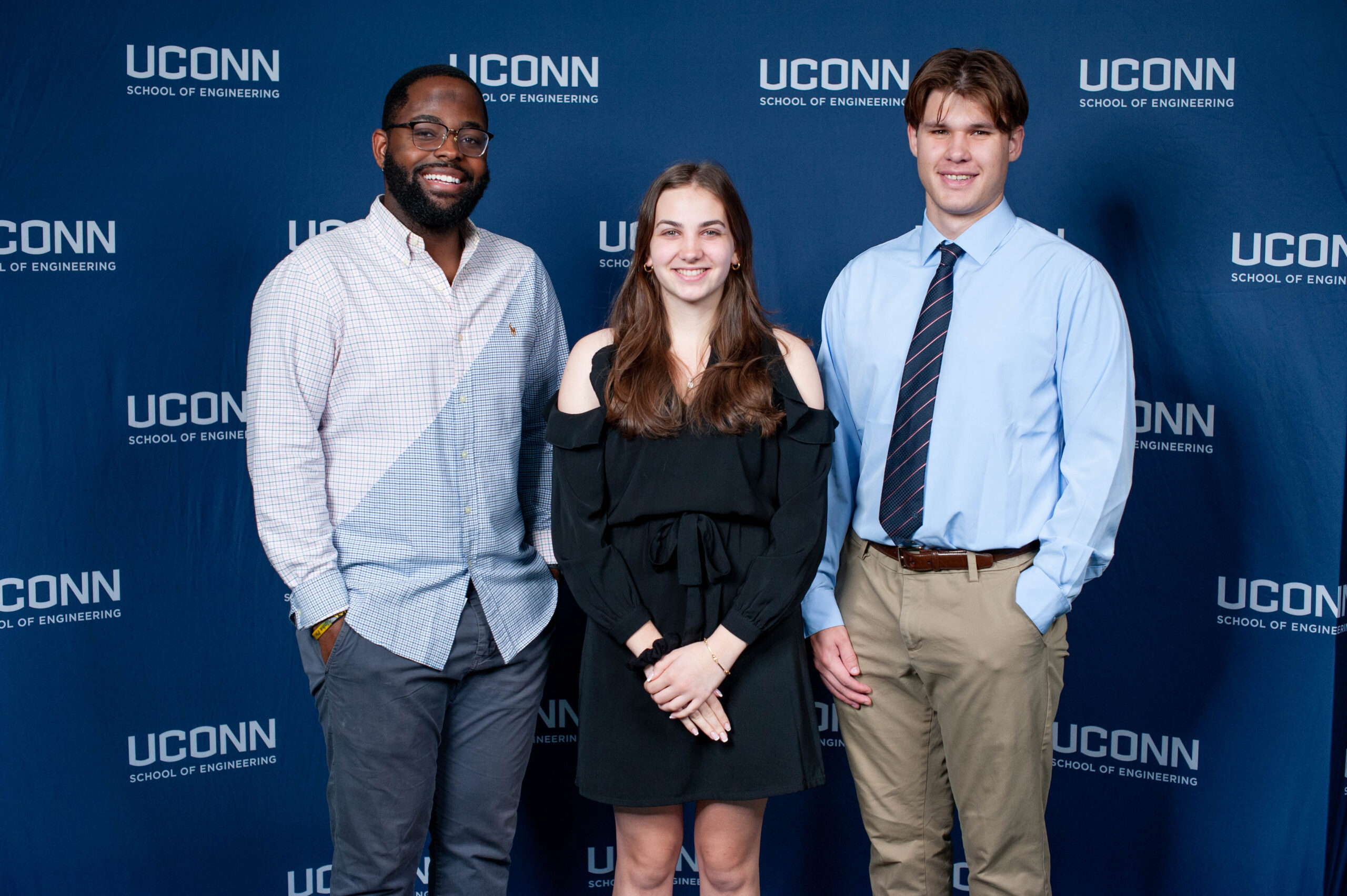
Design of an Articulating Ankle for Enhanced Performance of a Lower Extremity Diving Prosthetic
-
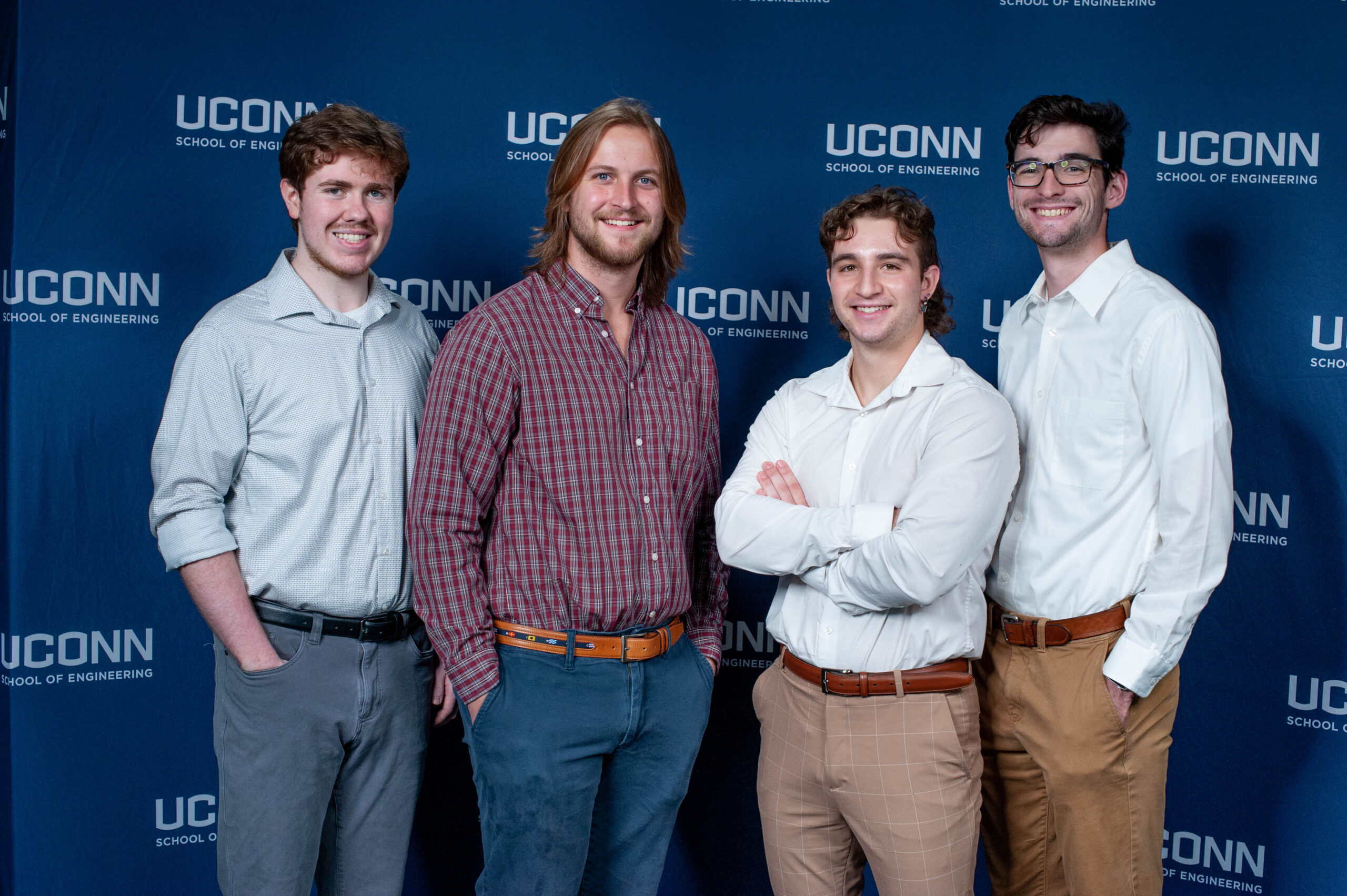
-
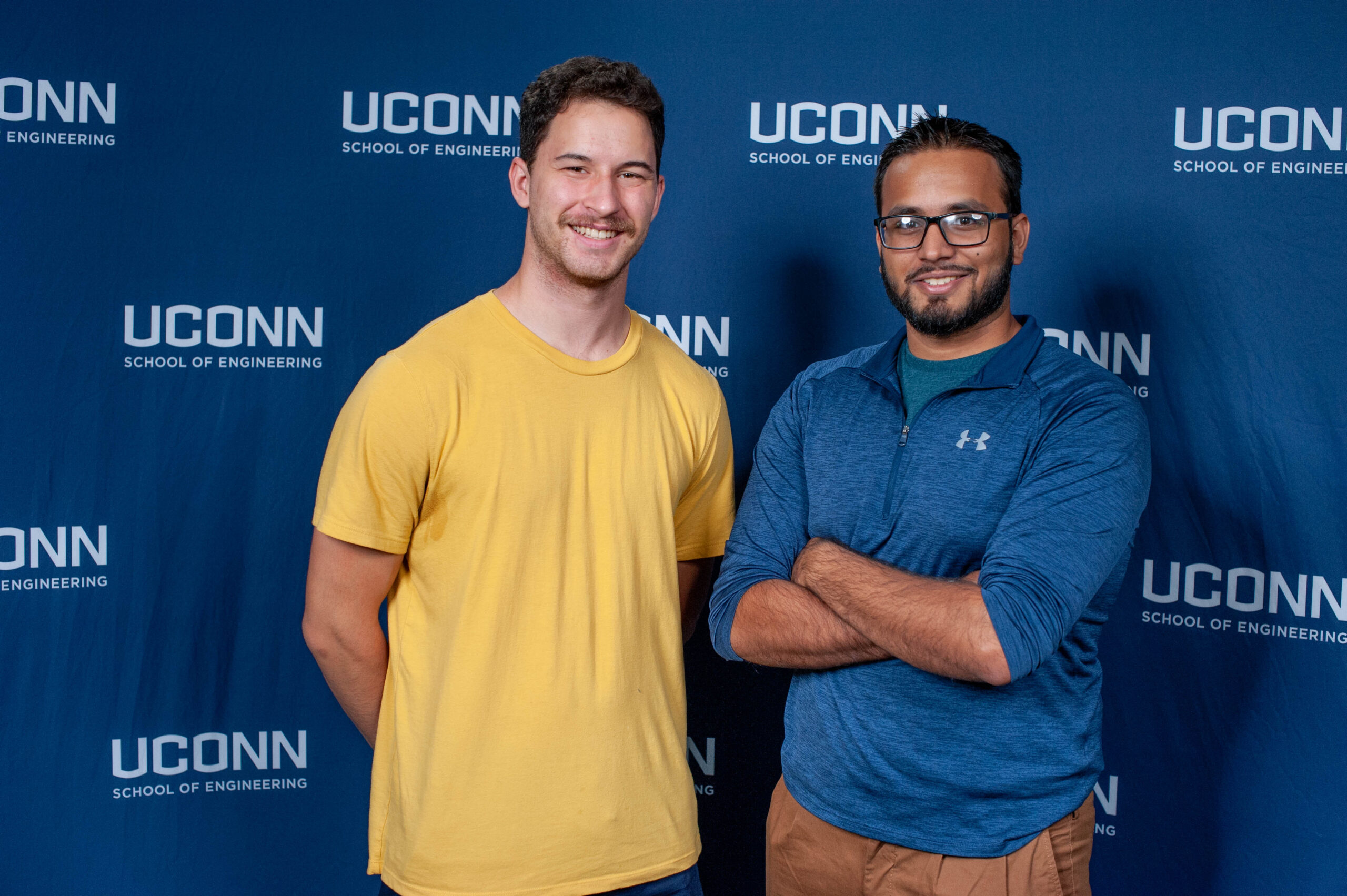
-
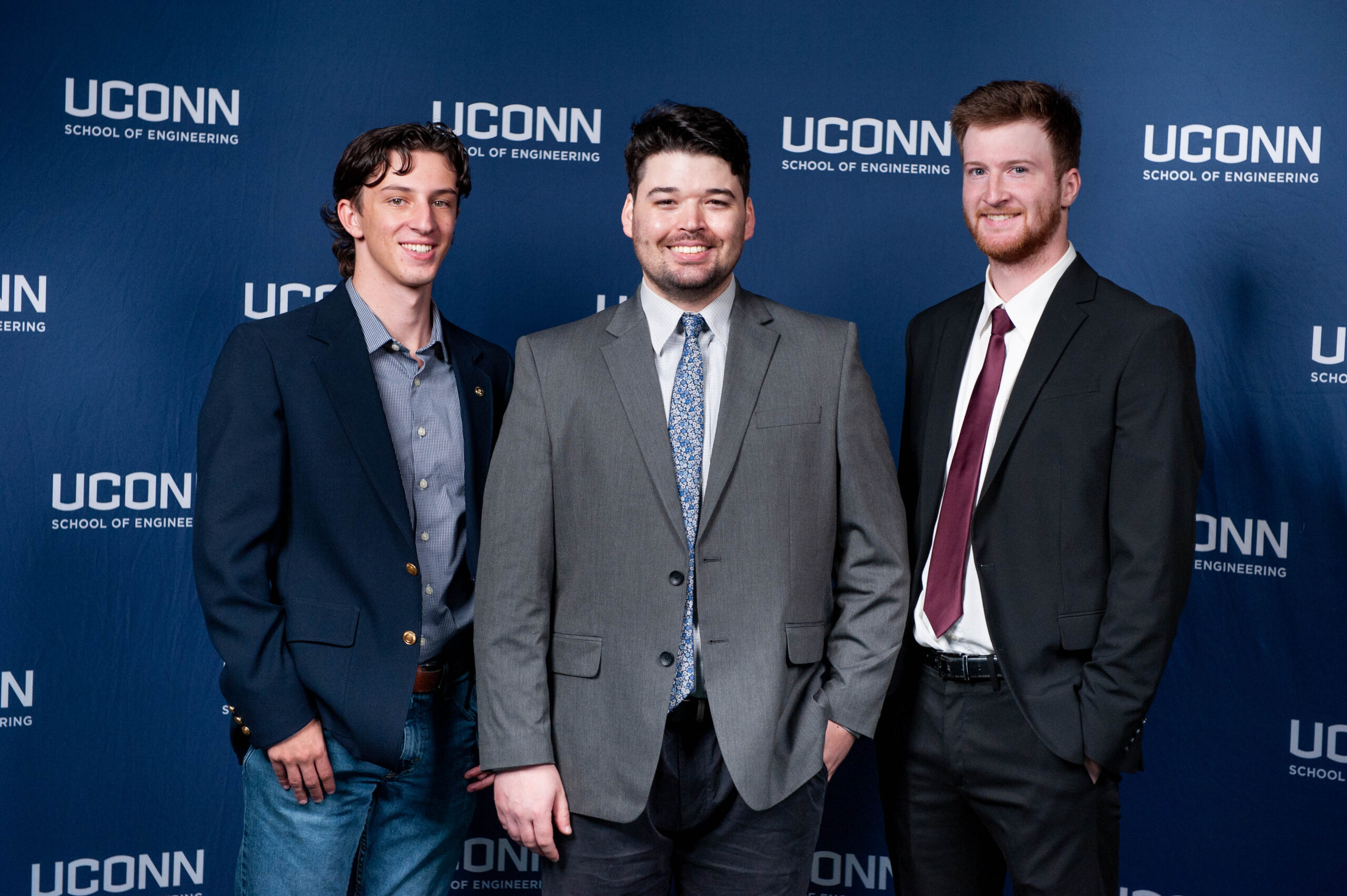
-
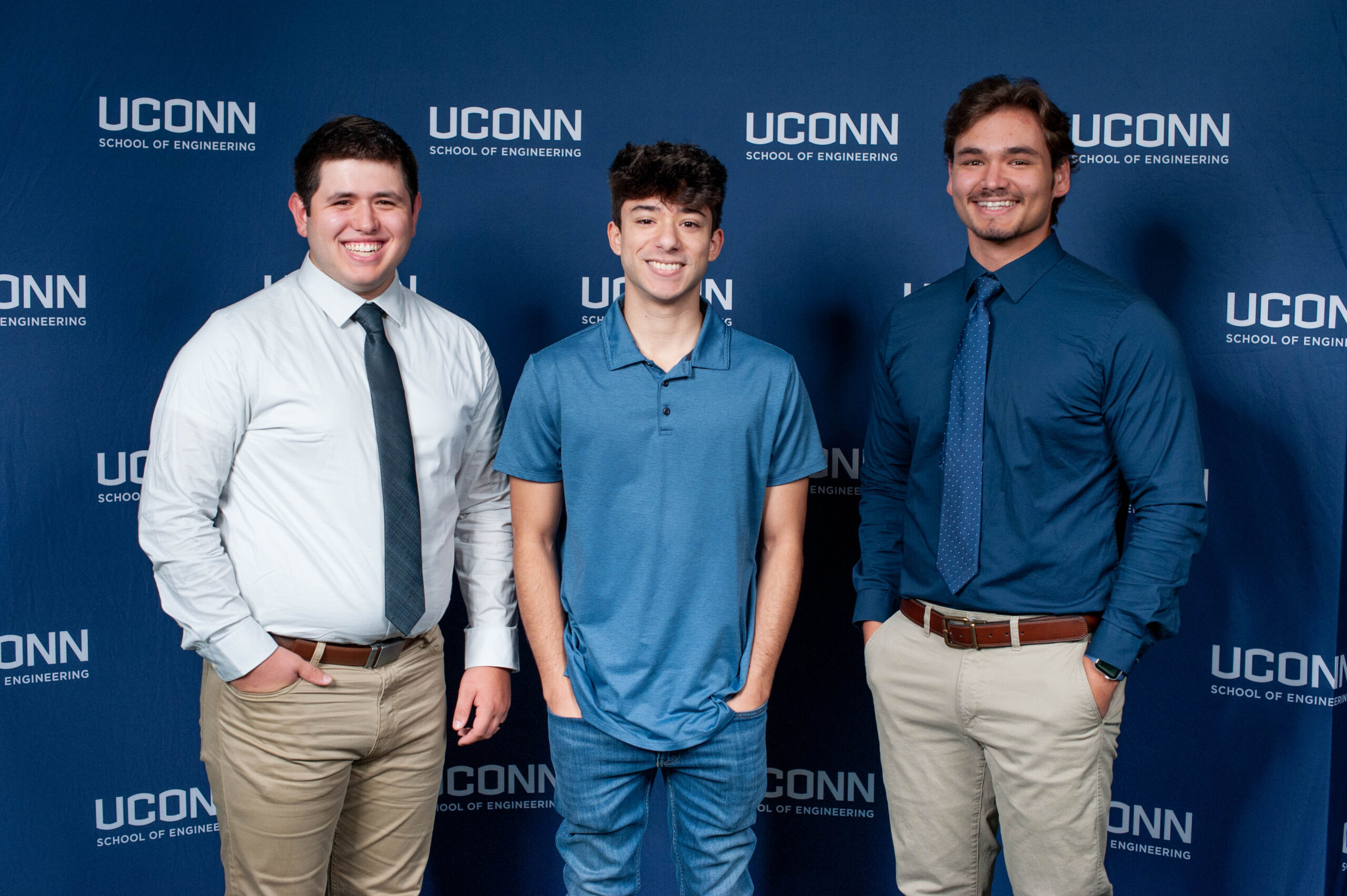
-
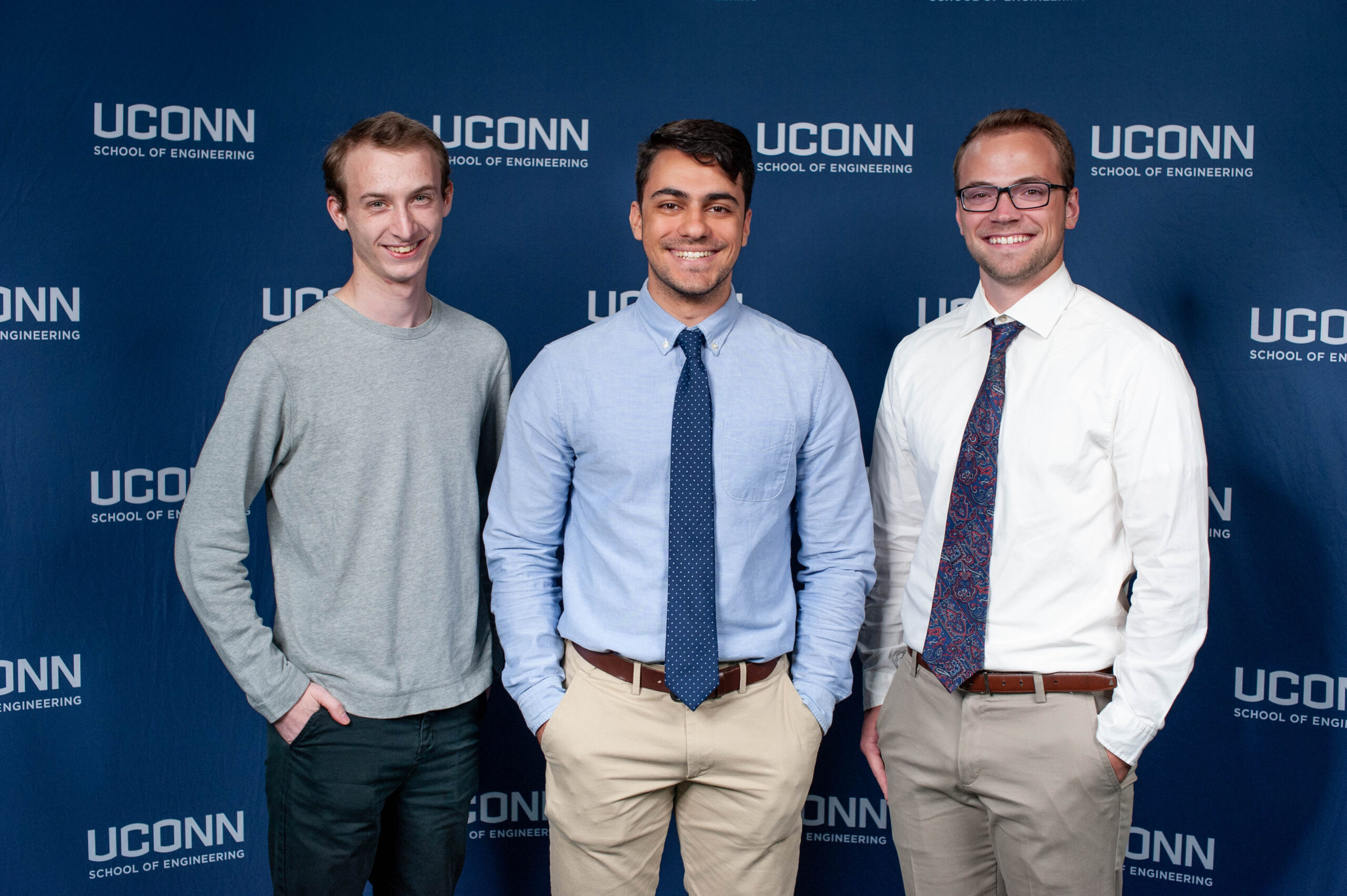
-

-

Maximal Disjoint Ball Decomposition for Shape Modeling and Analysis
-

Neuromorphic Computing for Agile Manufacturing of the Next-generation Vehicles
-

Overcoming the Thermal Barrier in Ultra-Wide Bandgap Semiconductors
-
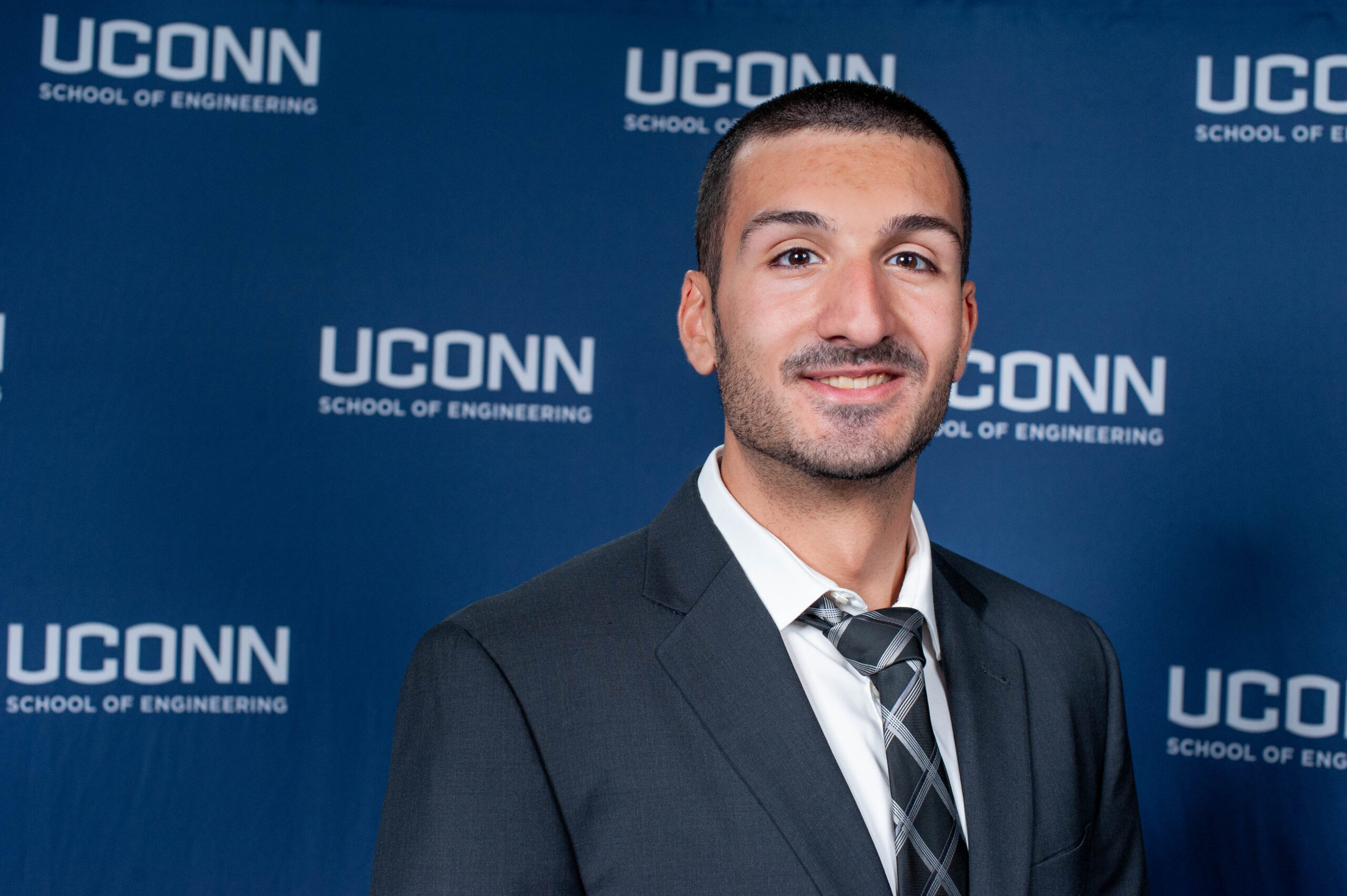
Understanding the performance of magnetorheological fluids in smart dampers
-
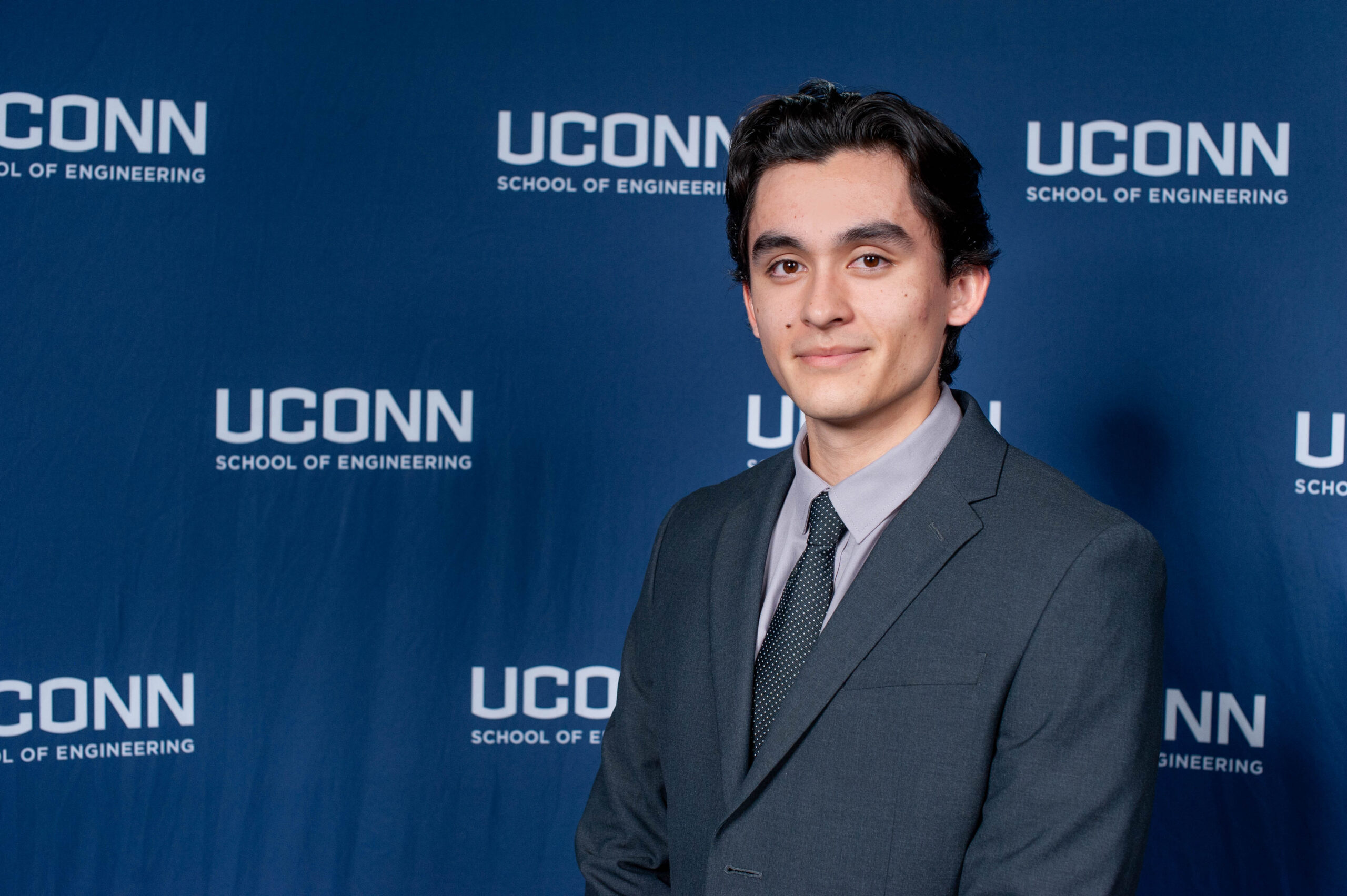
Vibration Control Synthesis and Implementation Using Real Time Hybrid Simulation and Digital Twin
-

-
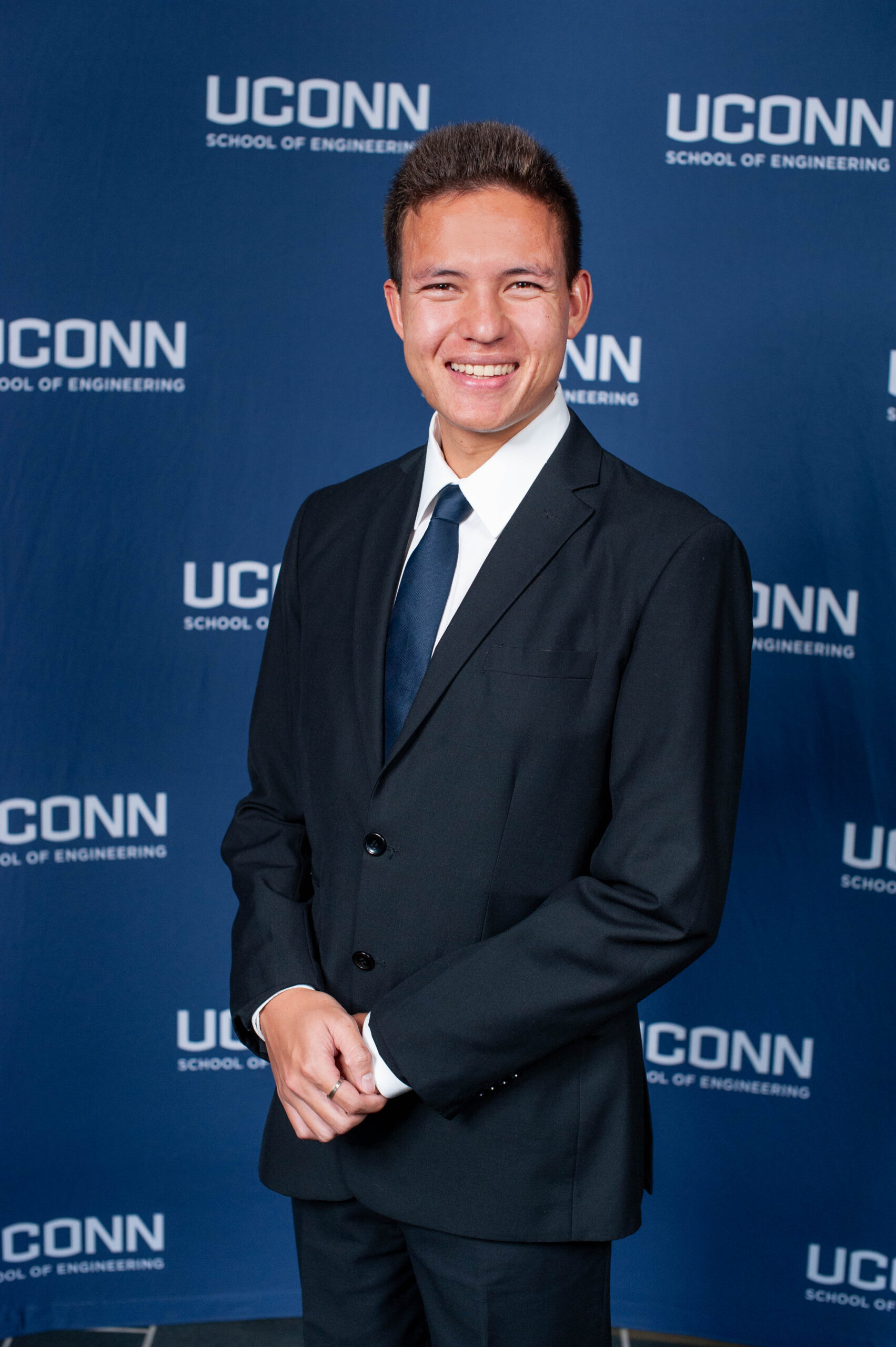
-
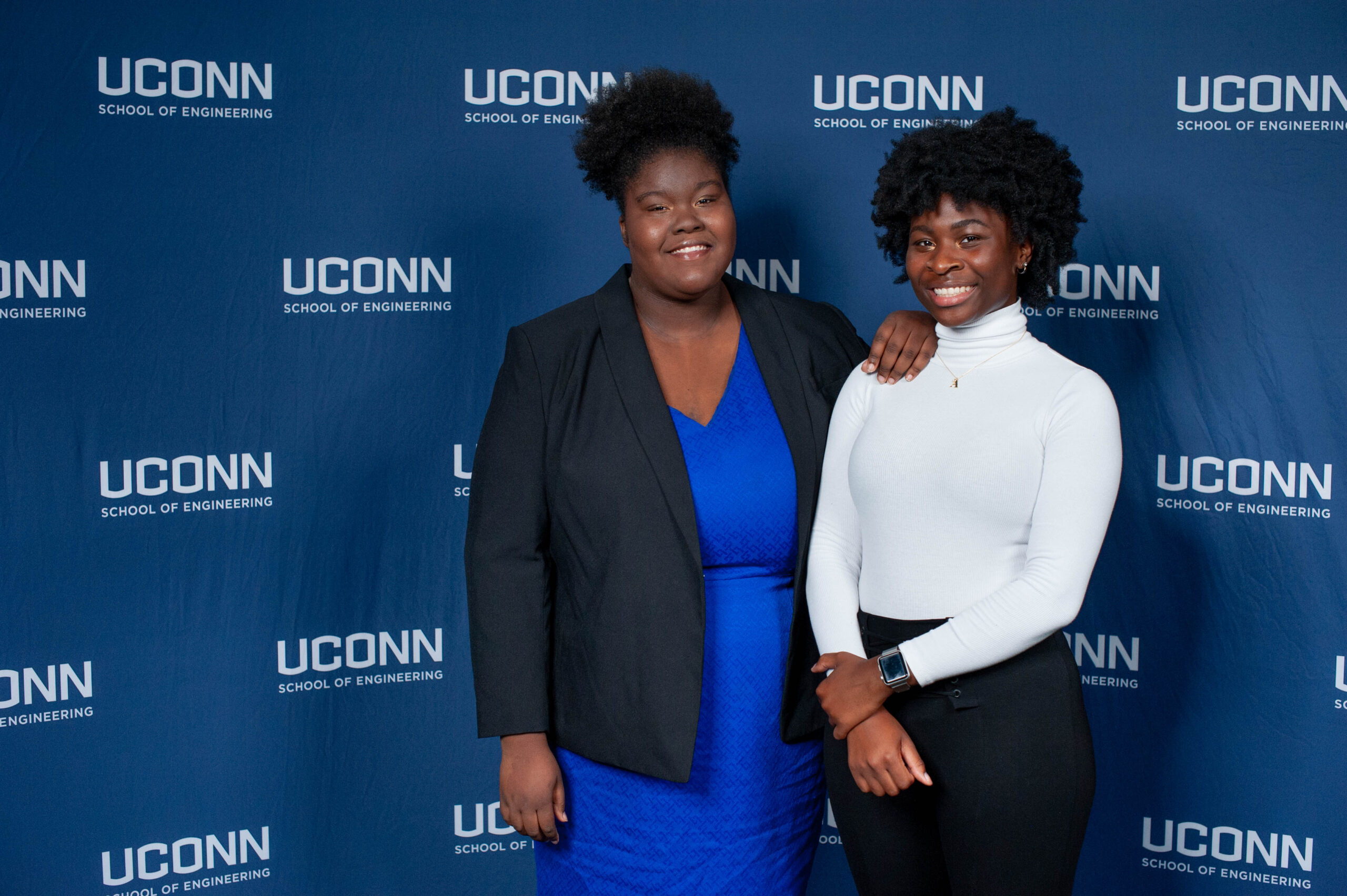
-

